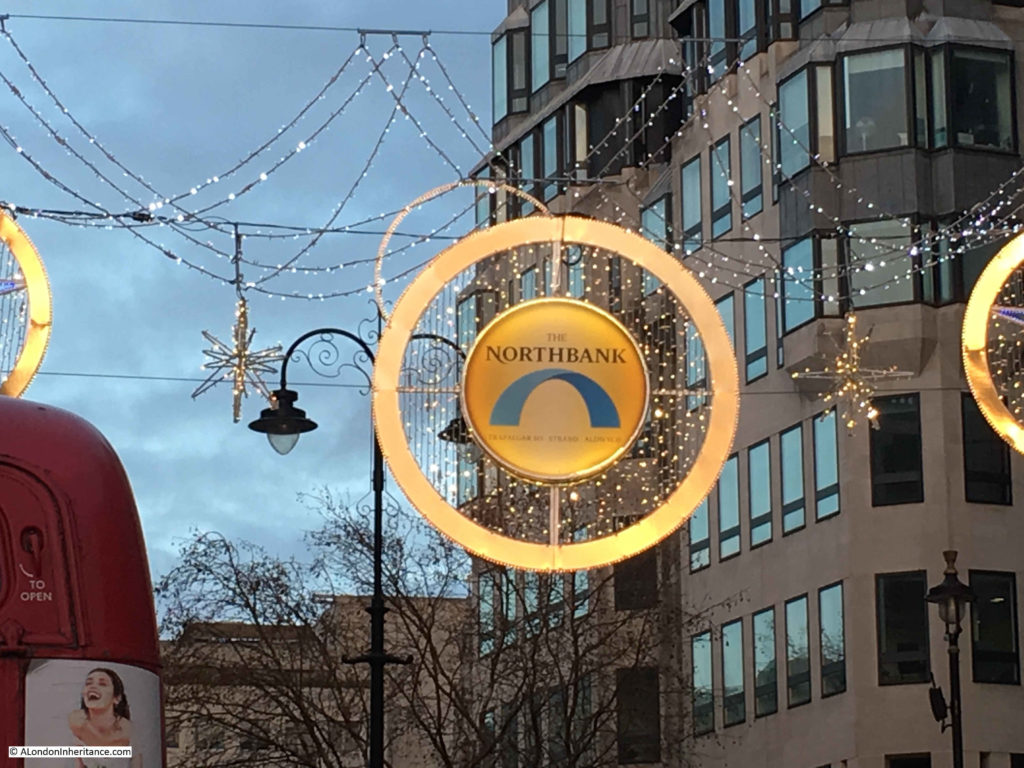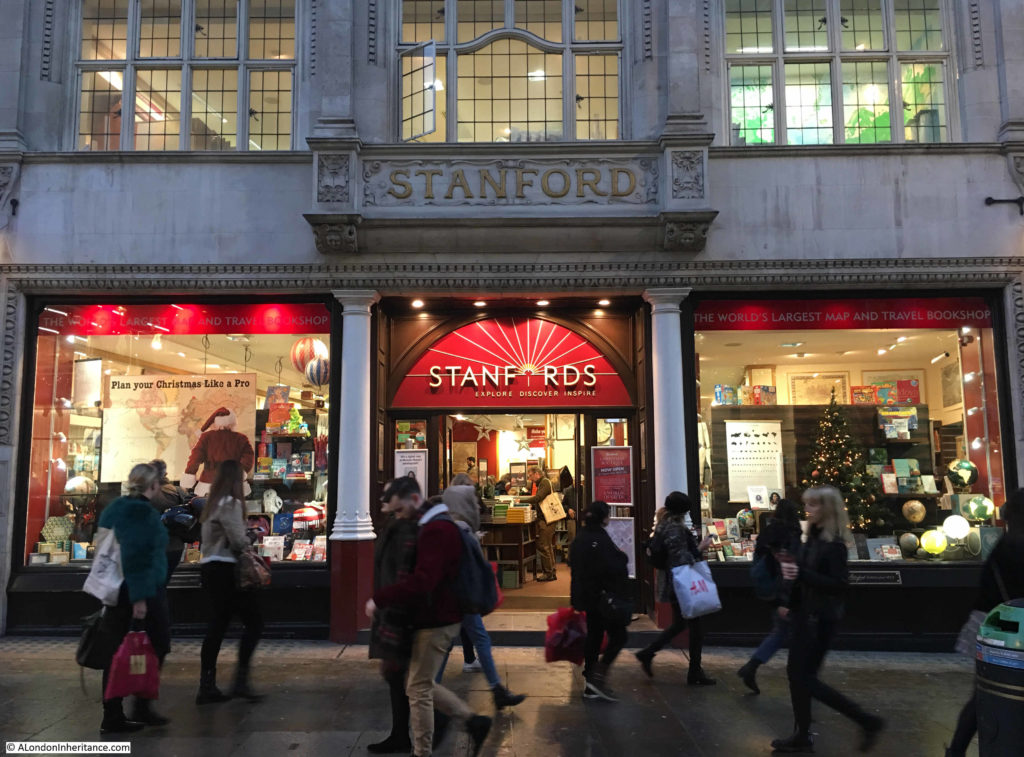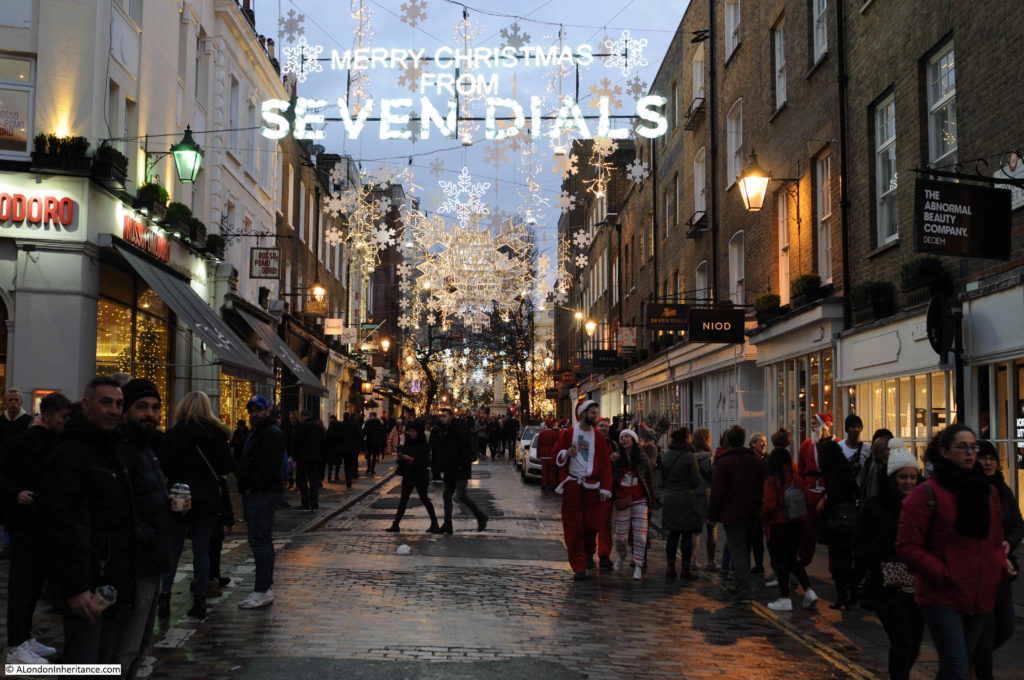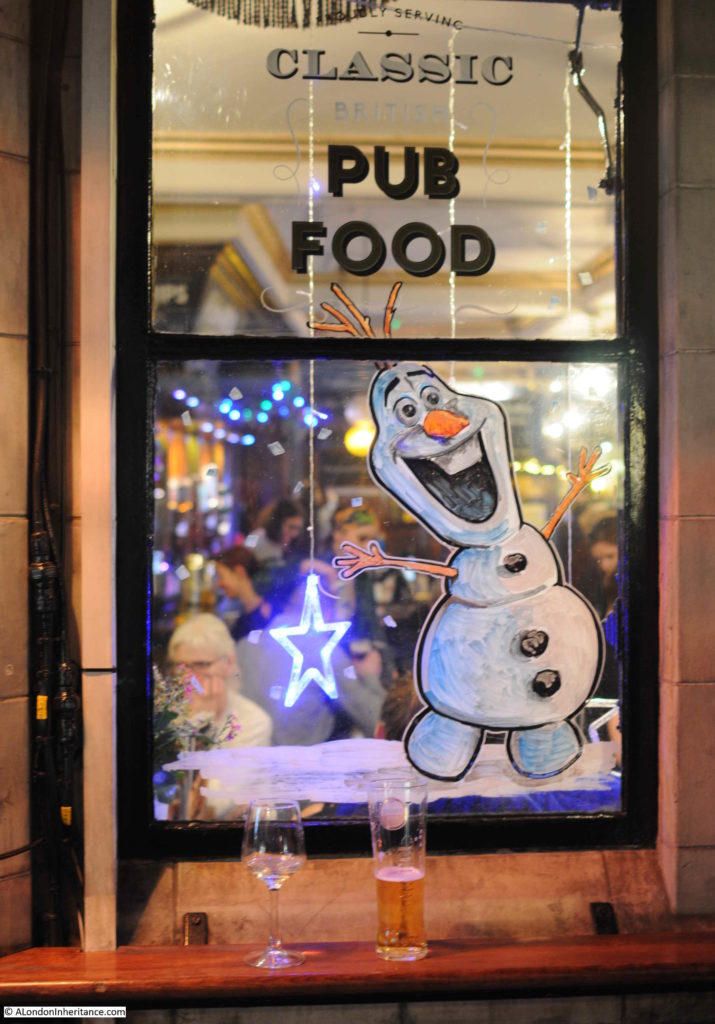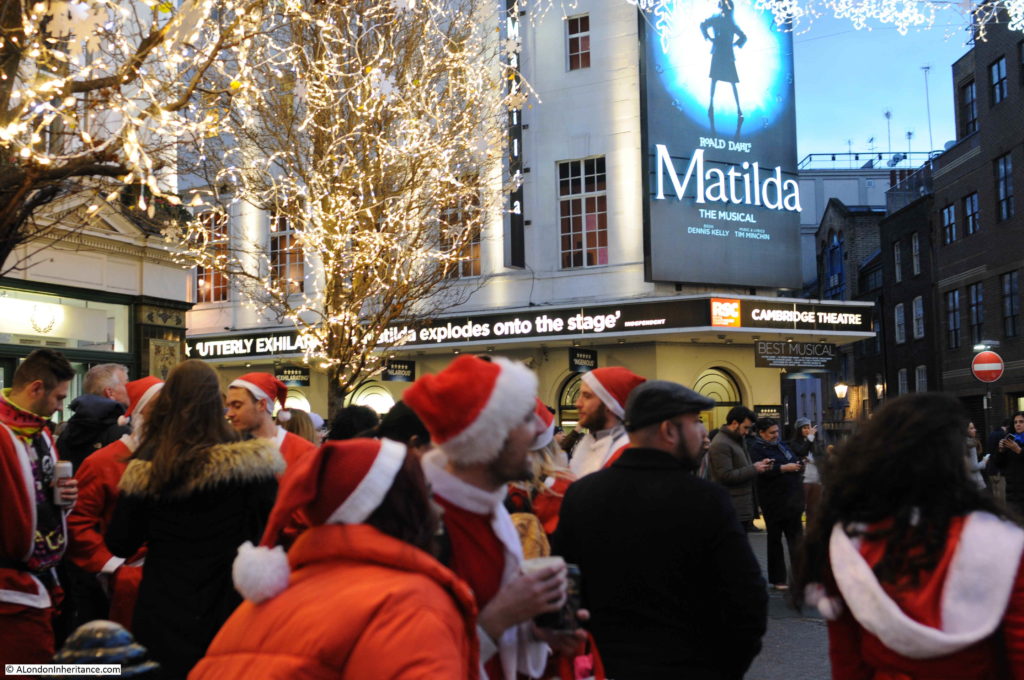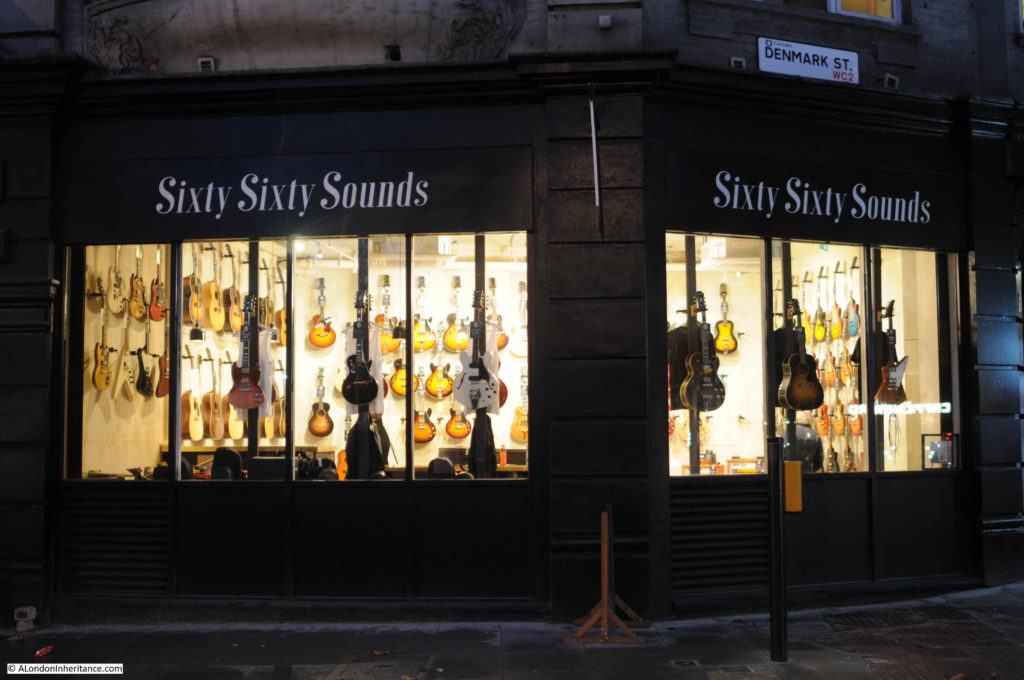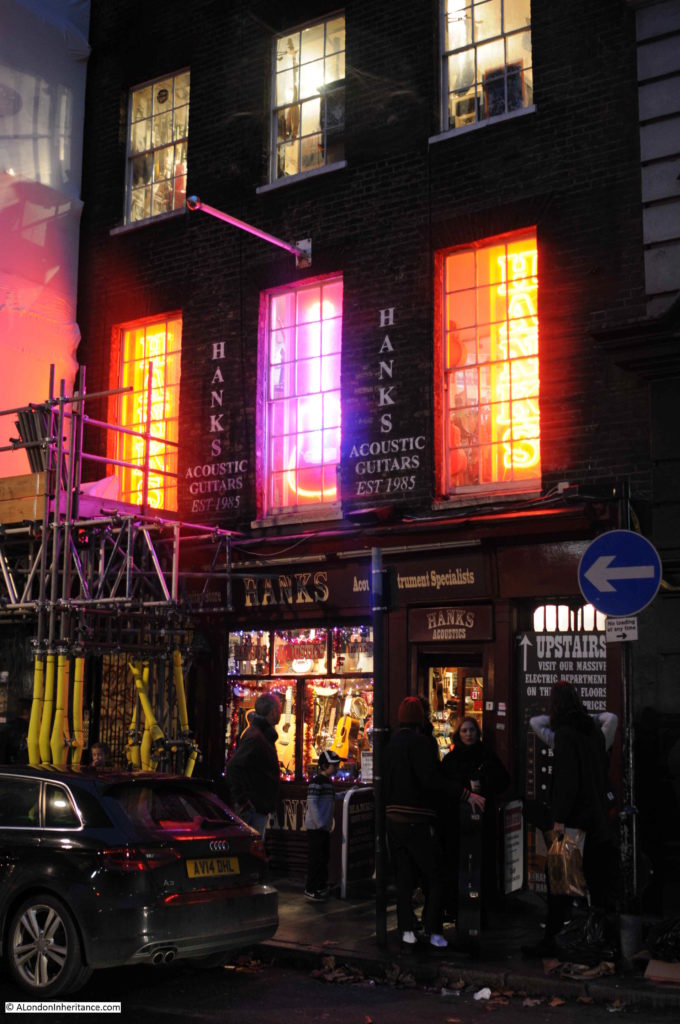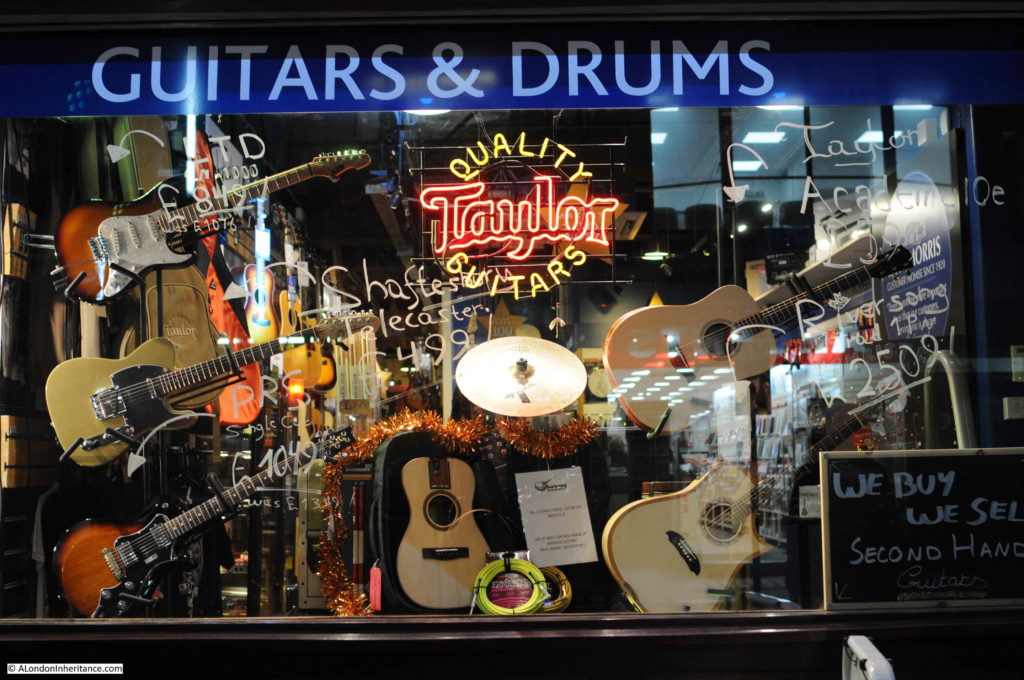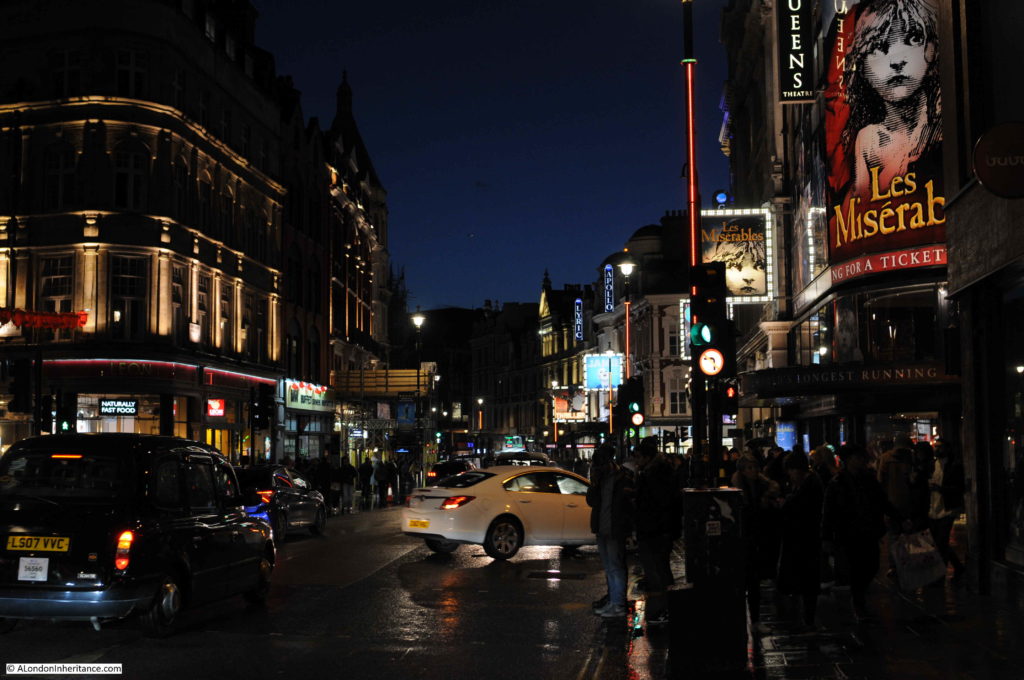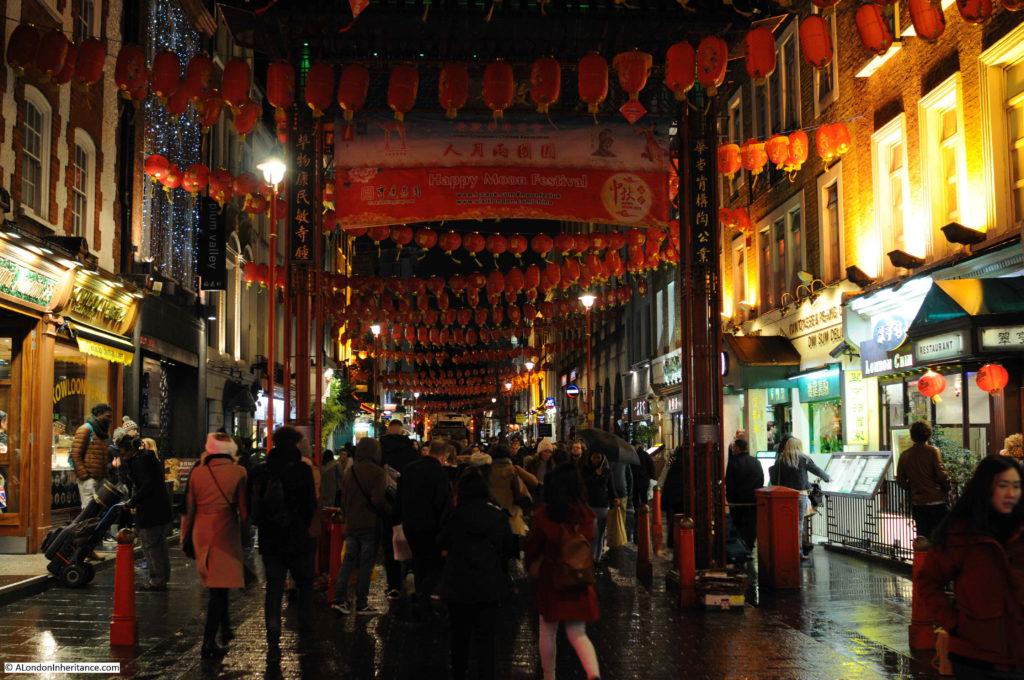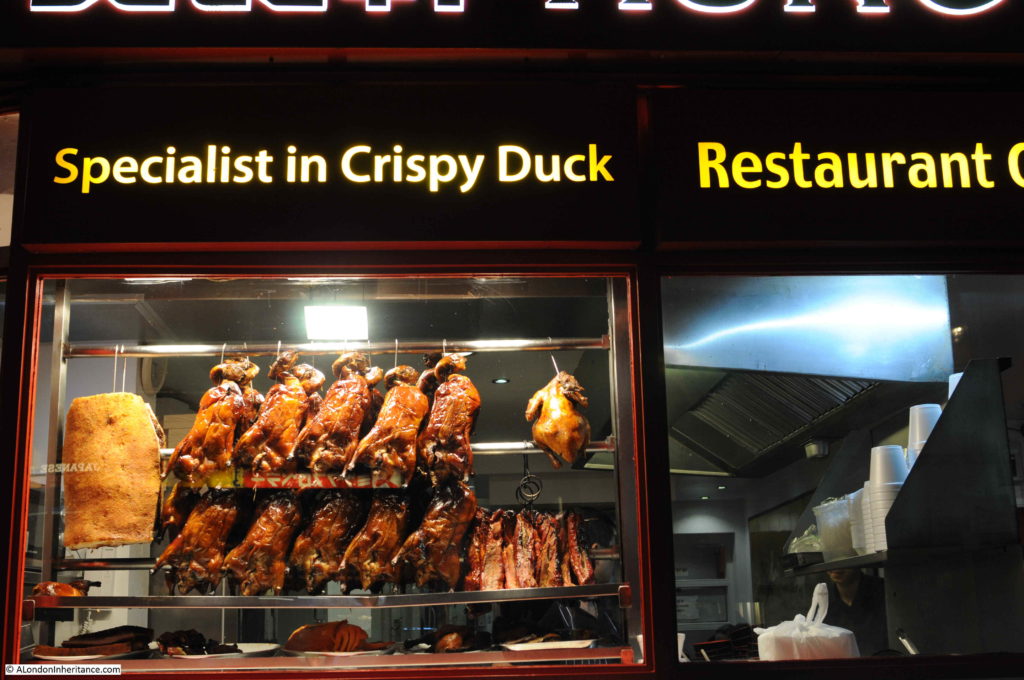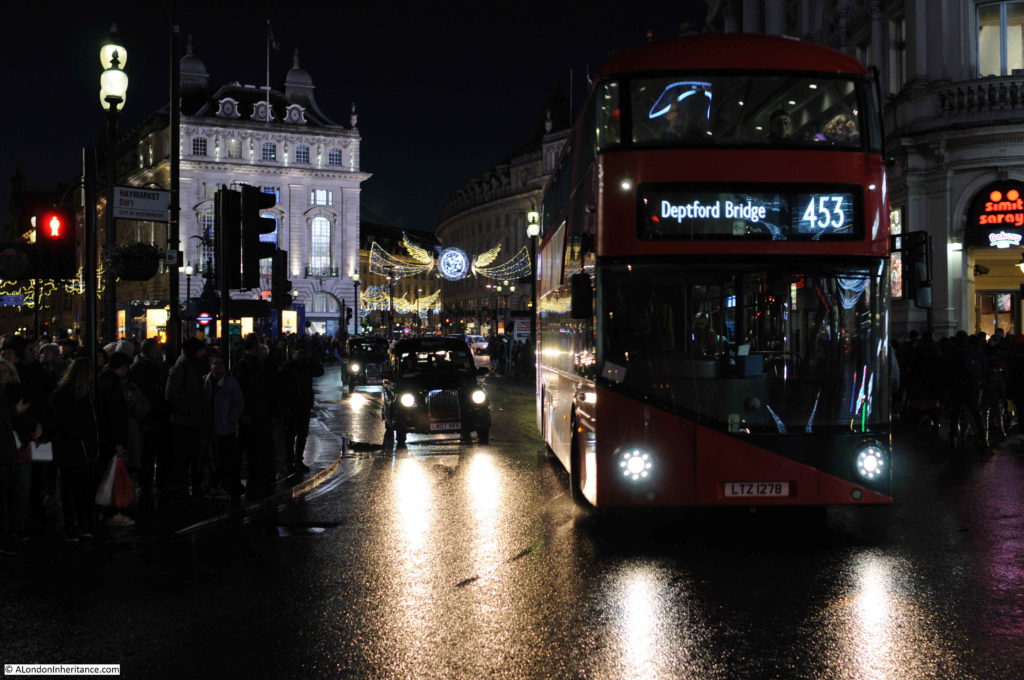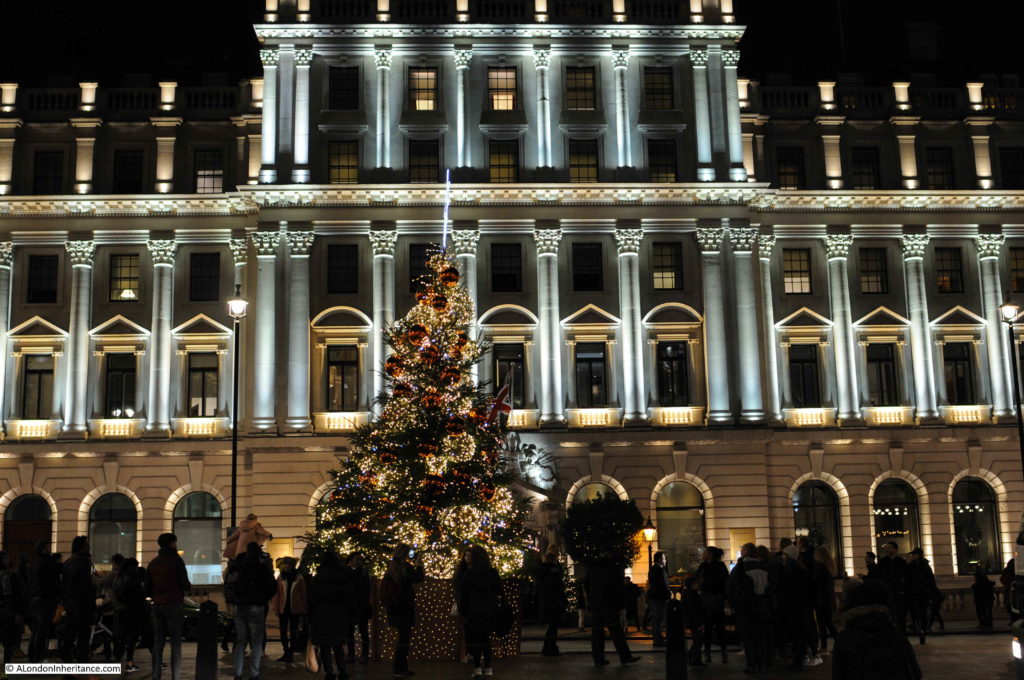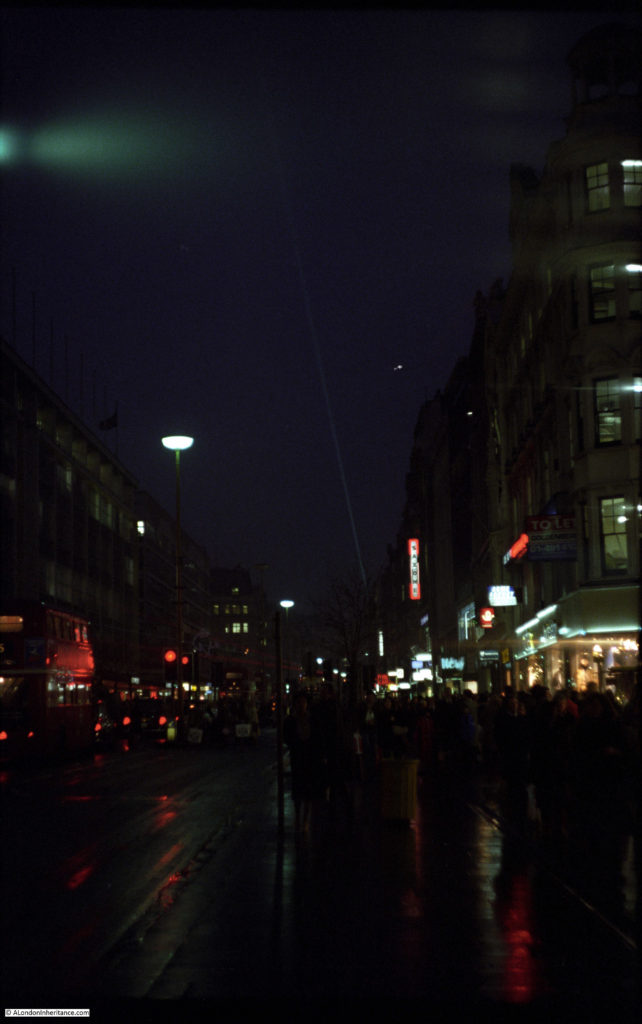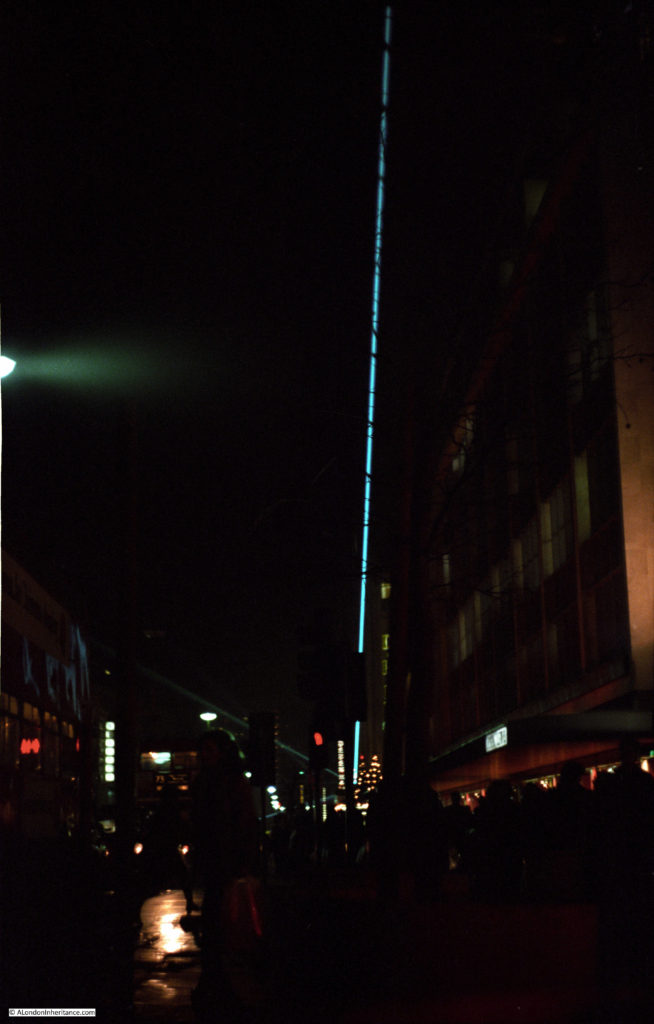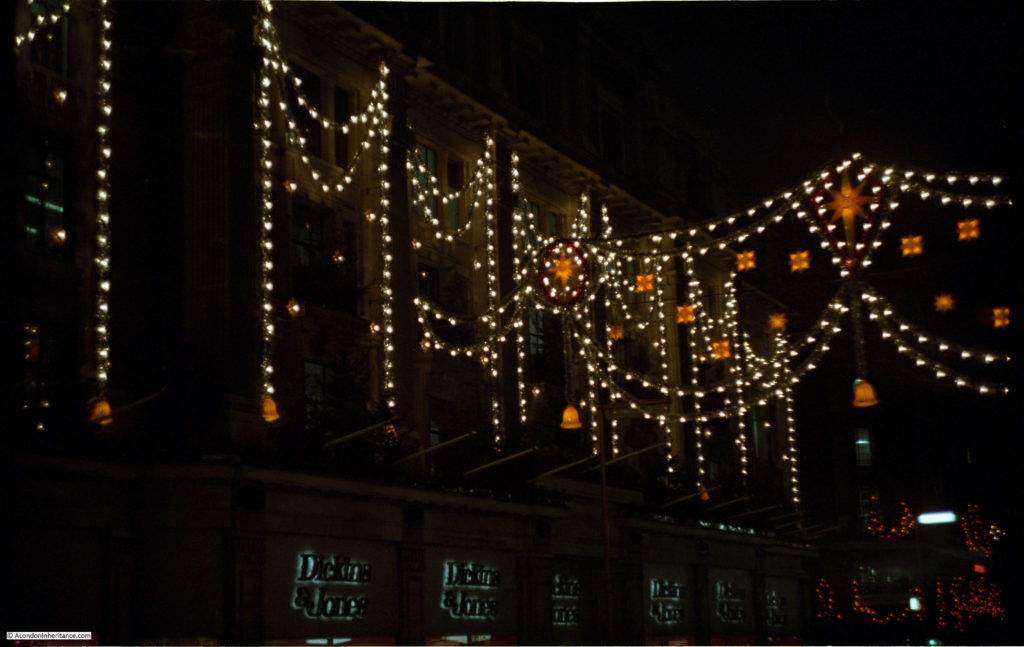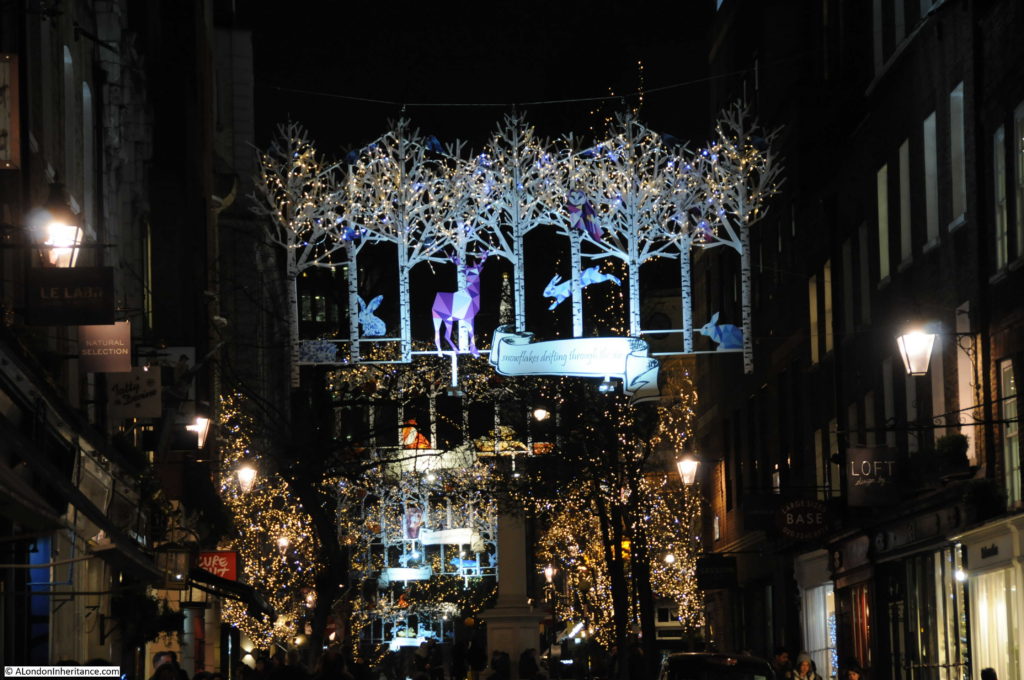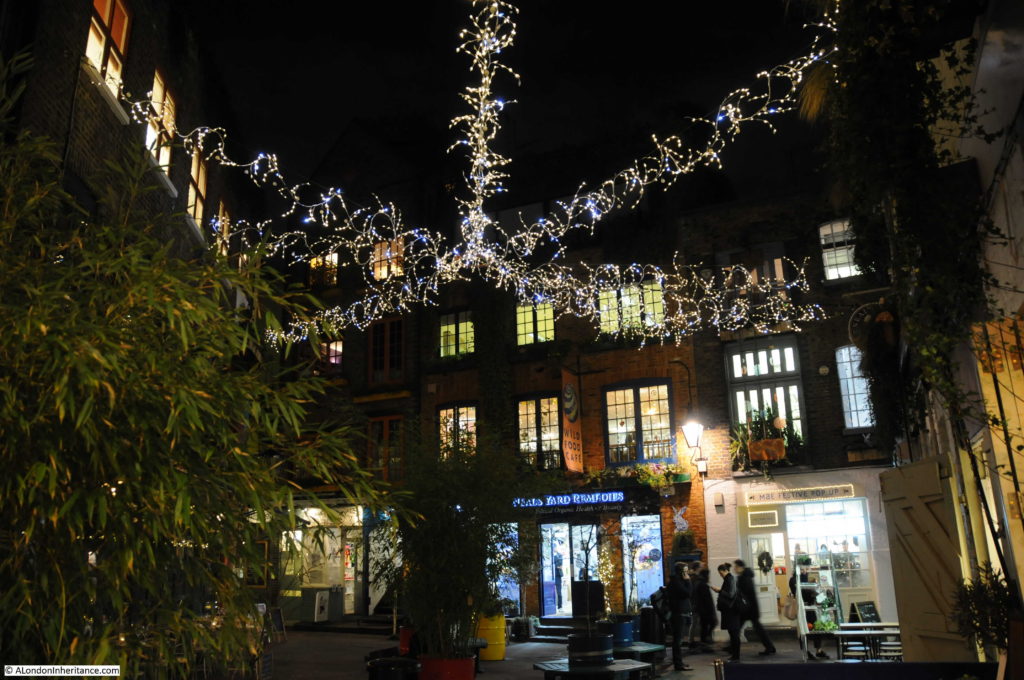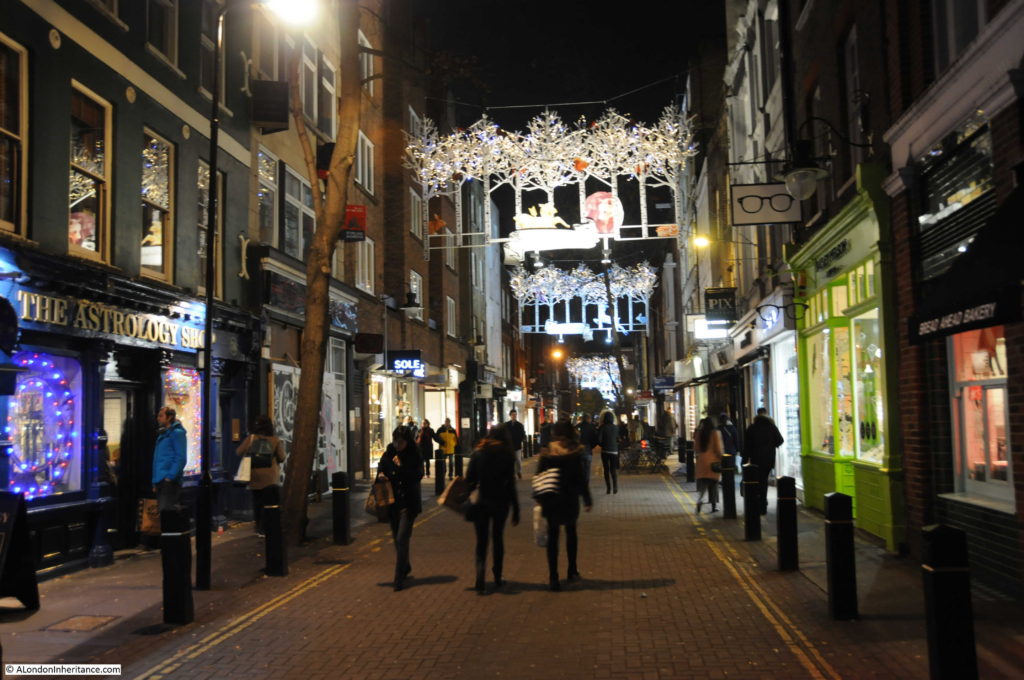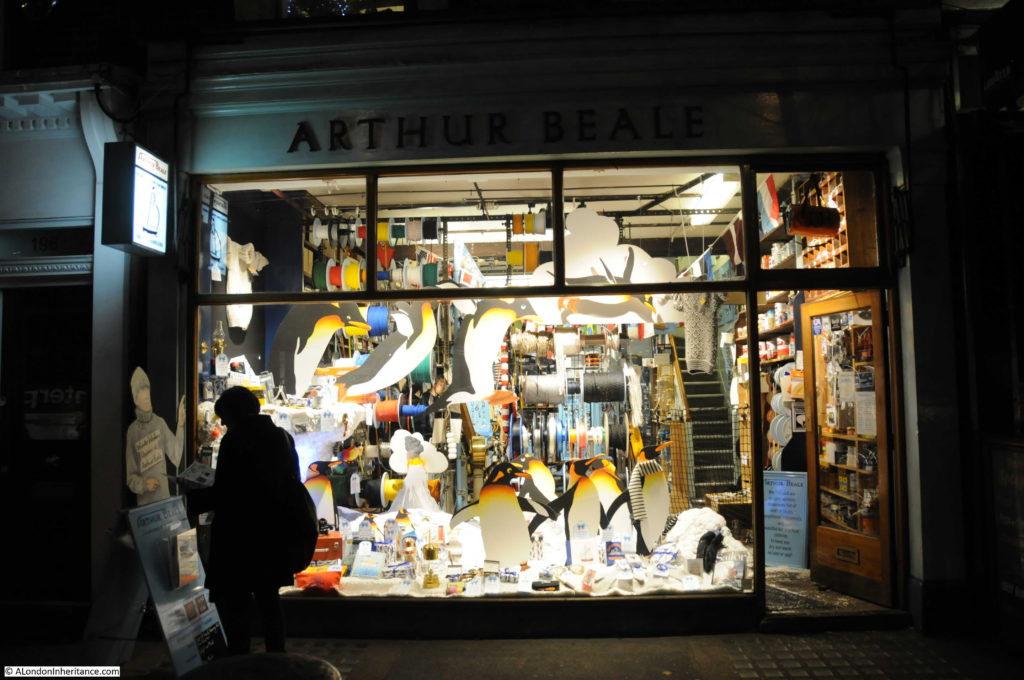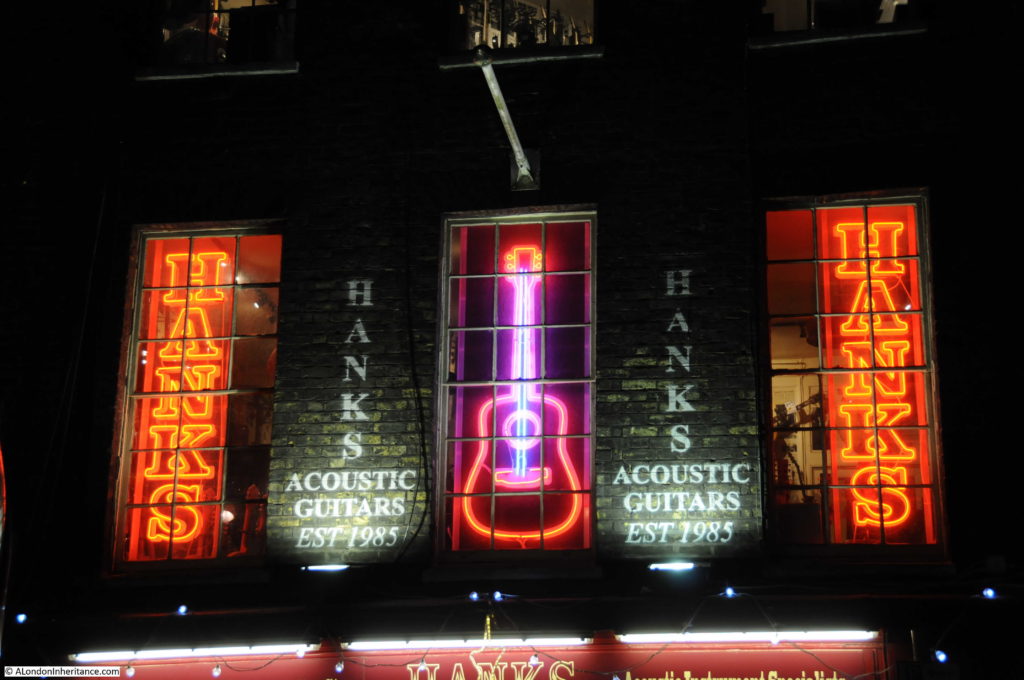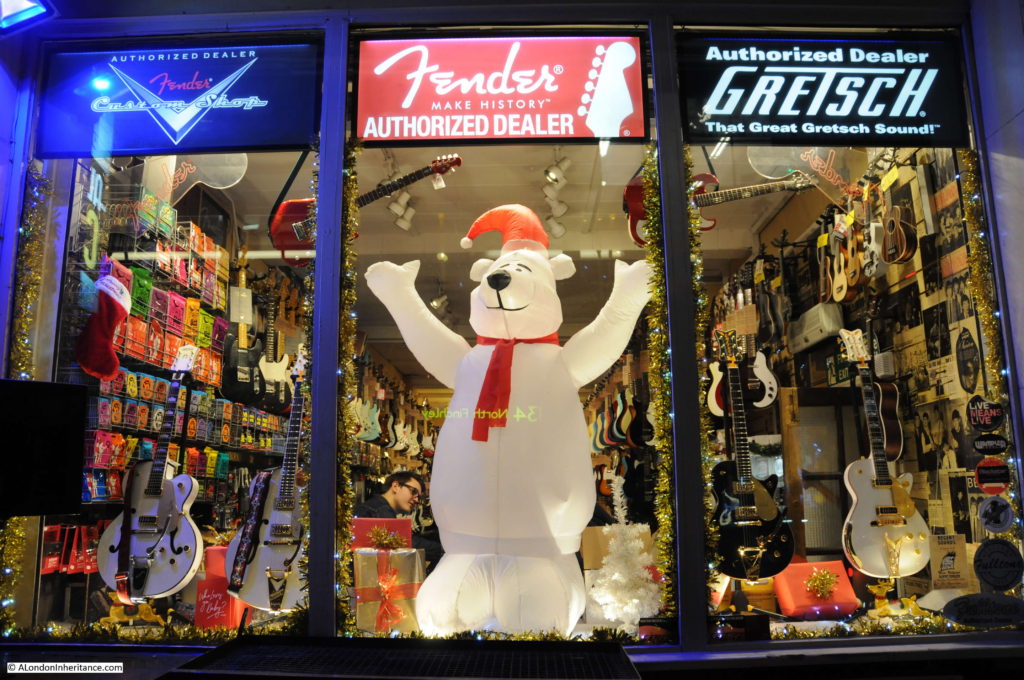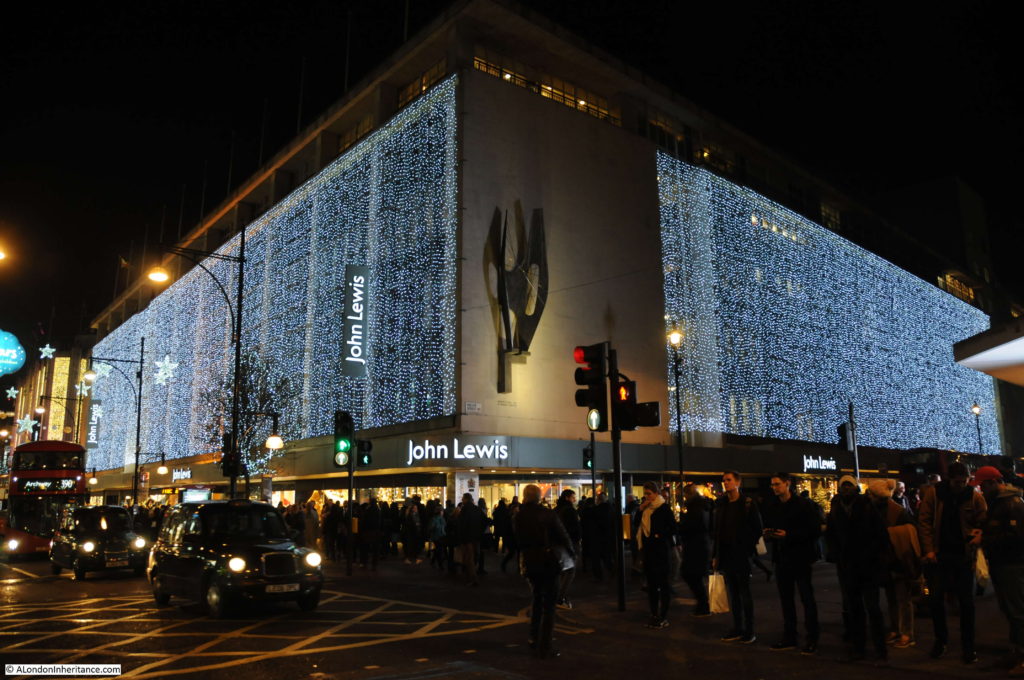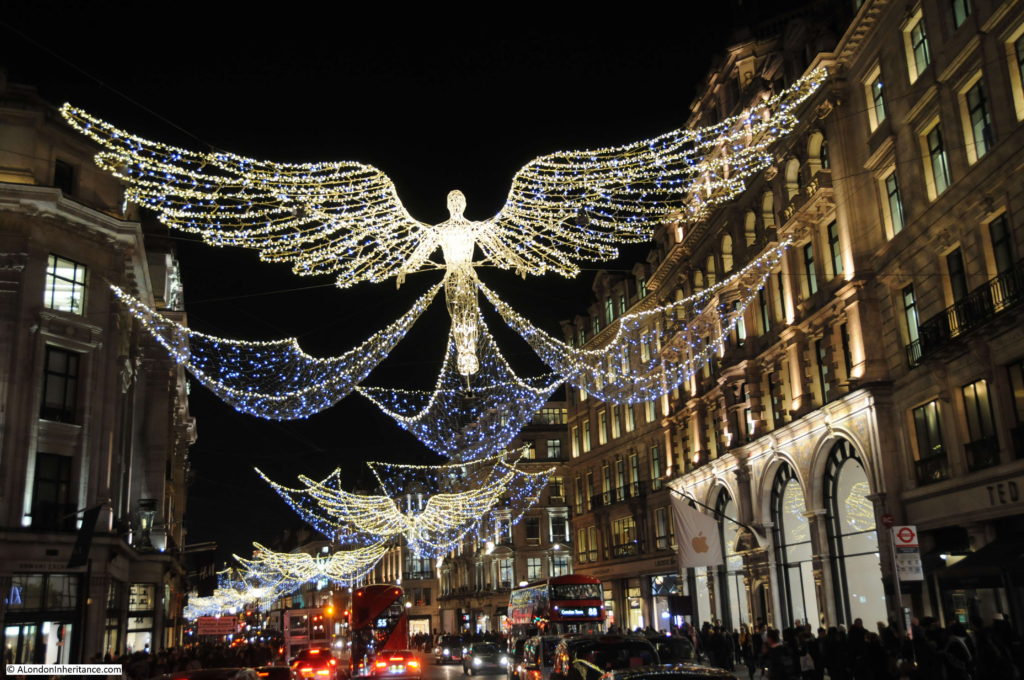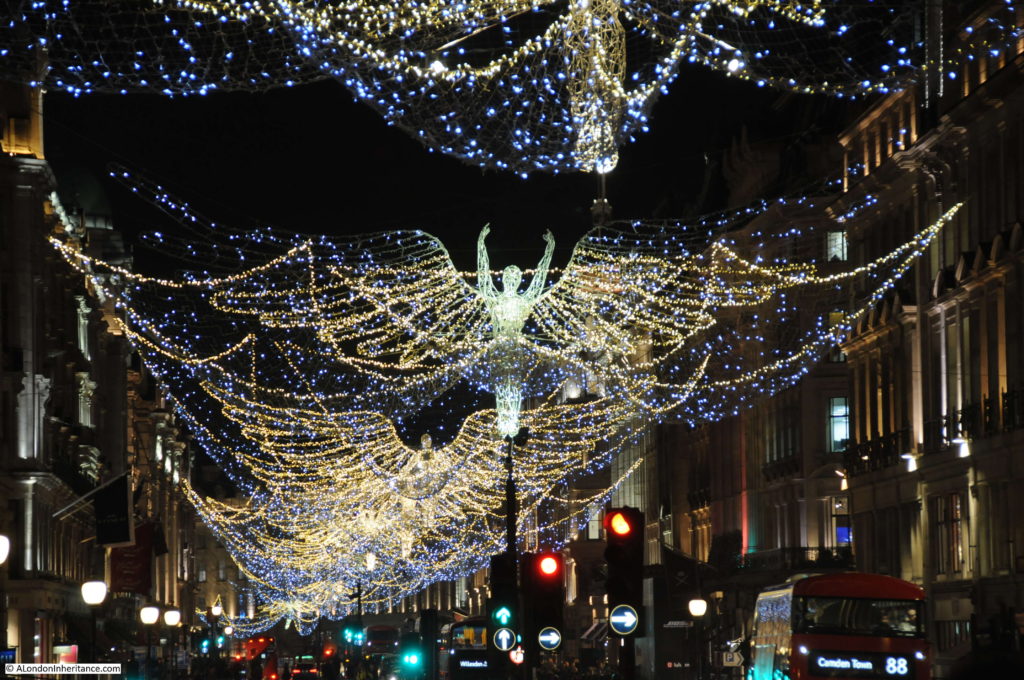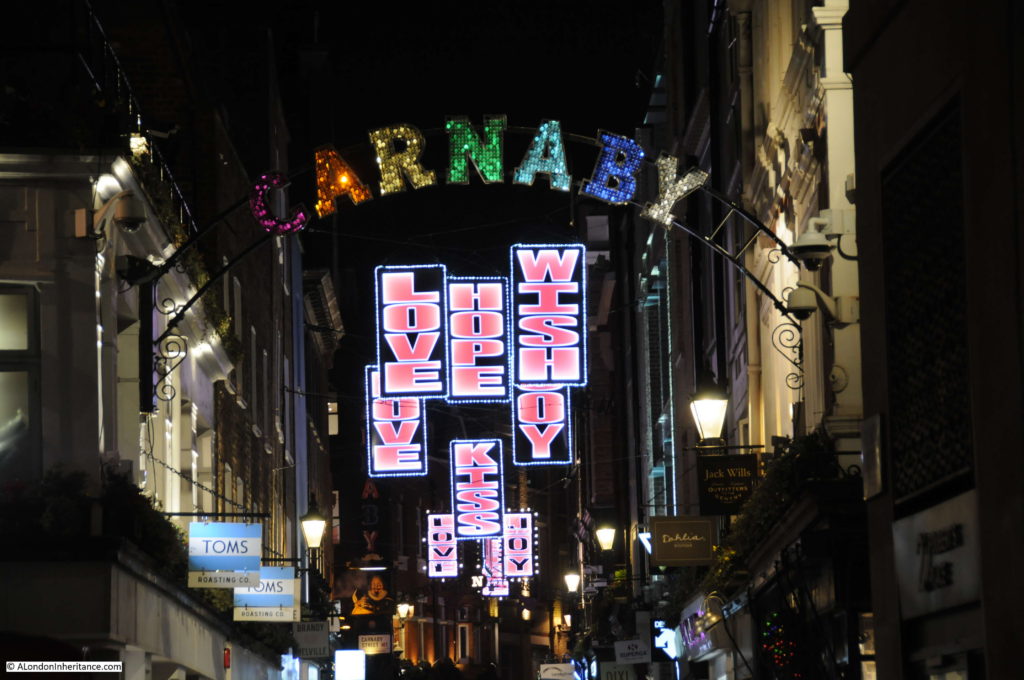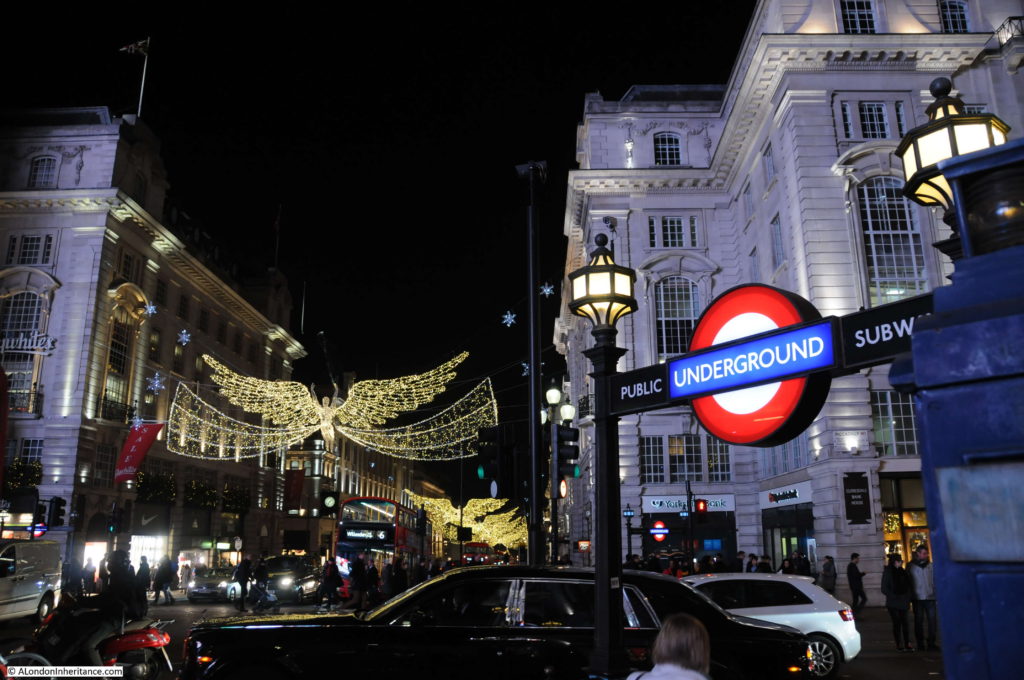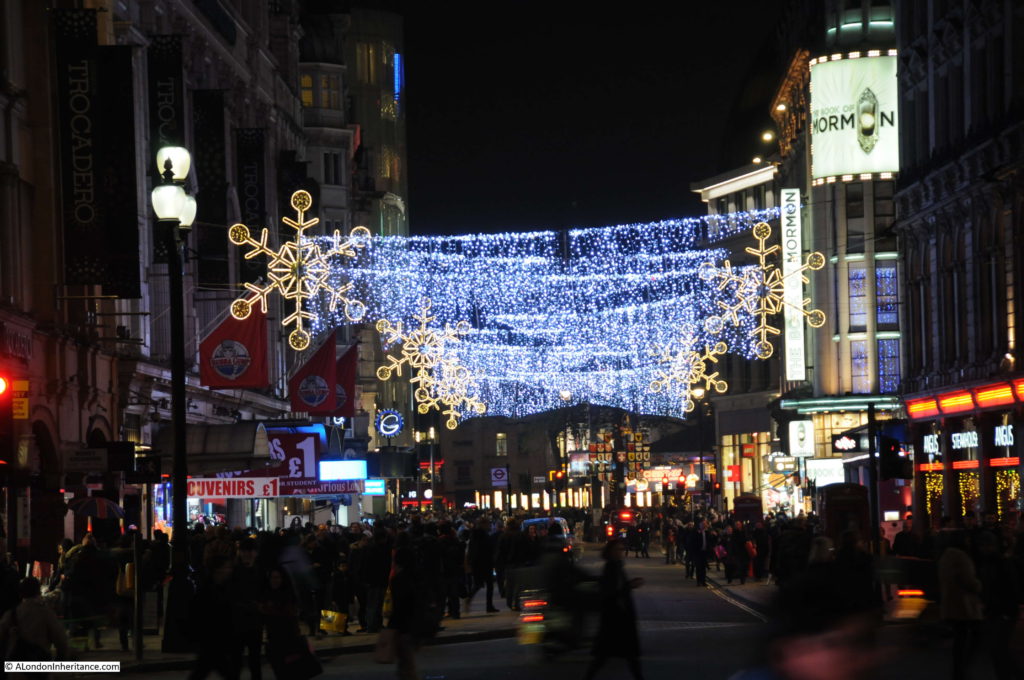For fifty one weeks of the year, the City of London is busy. During the working week, the City is full of office workers, the pubs and restaurants are busy in the day and evening, and building sites are covered by workers in hi-vis jackets. During the weekend the City still does not sleep. Roads will be closed for roadworks, or to allow cranes to block the road as they lift equipment into construction sites. Hi-vis jackets continue to be a common site across the weekend as building work does not stop.
There is one week in the year when all this stops. Between Christmas and the New Year the City turns into a rather magical place. The number of office workers is considerably reduced and almost all the construction sites are closed for the week. The City takes on a very different appearance, much quieter, less traffic, the cranes are still and there are very few walkers along the City streets.
At the end of 2017, between Christmas and New Year I took a walk through the City. I waited until late afternoon as the City looked better after dark than on a grey December day.
I took the underground to Tower Hill and then followed a random route to Blackfriars. Along this route I found streets where on a late afternoon / early evening I could stand for twenty minutes and not see another person (this could also have been longer but after twenty minutes I was getting bored and cold).
Leaving Tower Hill station, I walked up Coopers Row and passed one of the entrances to Fenchurch Street Station with only a solitary passenger making their way up to the platforms:
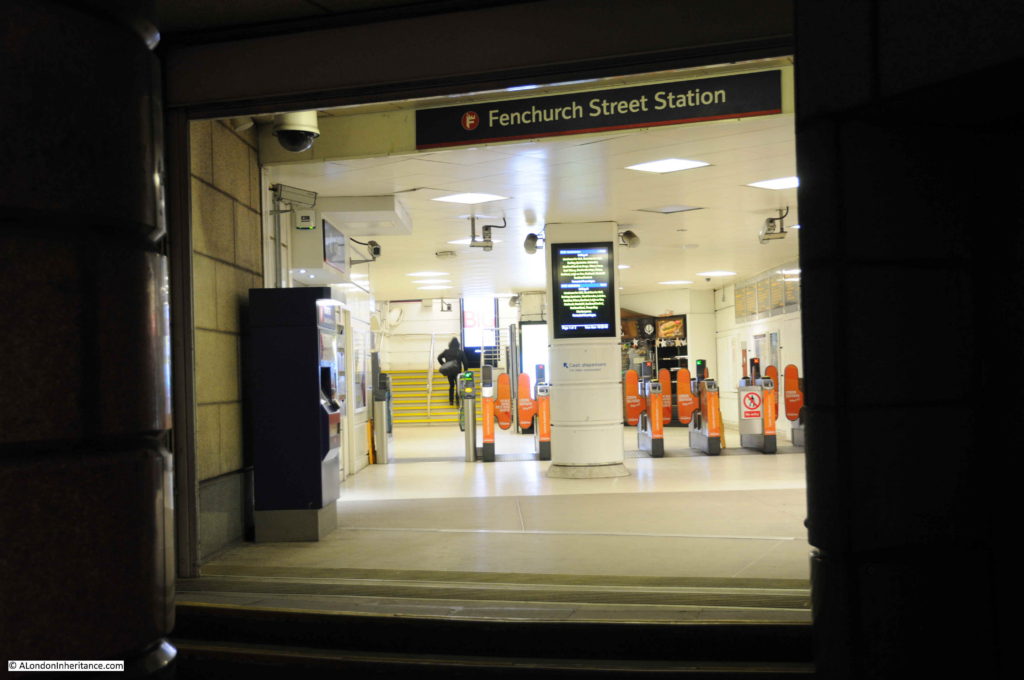
In Crutched Friars, underneath the rail tracks leading into Fenchurch Street Station is the Cheshire Cheese. A warm, welcoming glow coming from the pub, but few customers at this time of year:
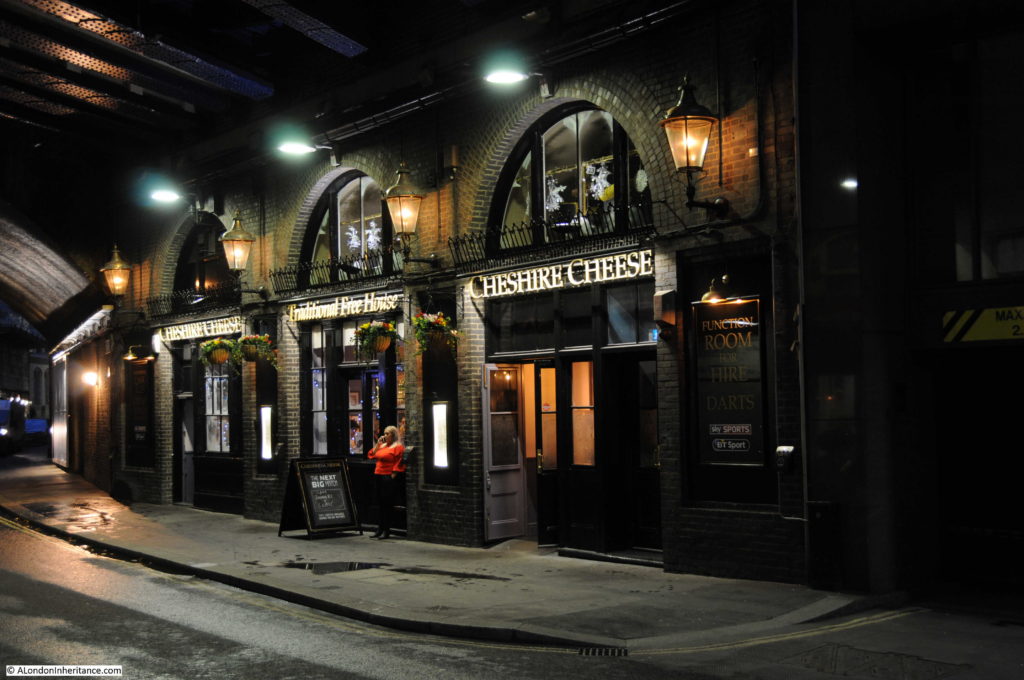
I walked up Lloyd’s Avenue, along Fenchurch Street to the junction with Leadenhall Street. The Aldgate Pump is on the corner and along Leadenhall Street is the Leadenhall Building (perhaps better known as the Cheesegrater):

There is a common scene in the entrance foyers to many of the office buildings. A solitary security guard sits behind the reception desk and decorated Christmas Trees celebrate the season, but with very few people around to admire them – they will probably have been removed by the time the City returns to life after New Year’s Day.
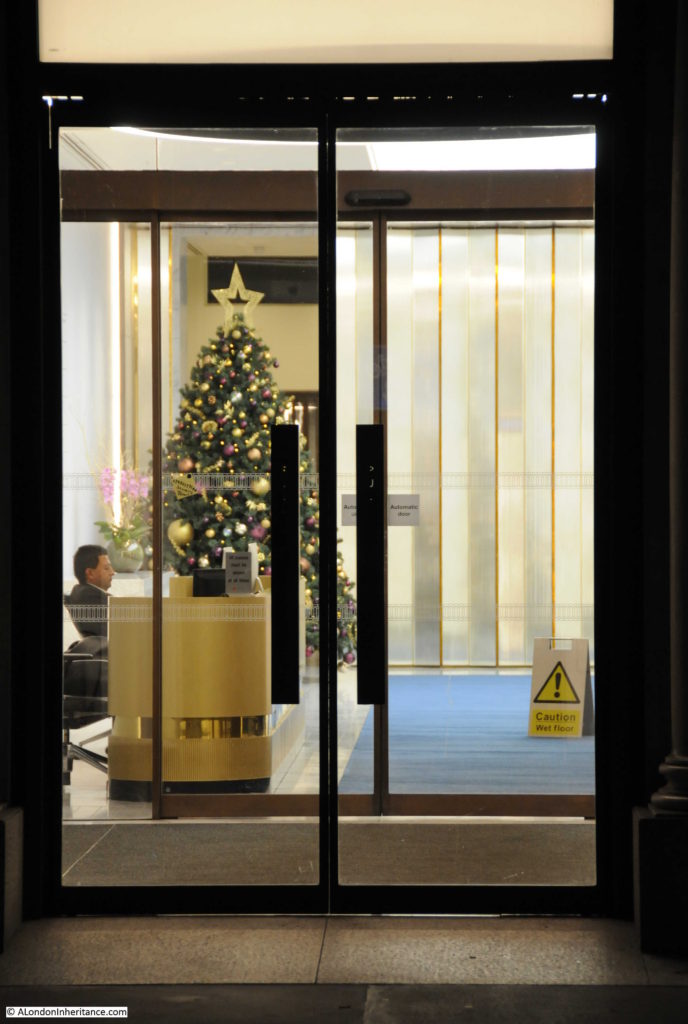
Just off Leadenhall Street is Creechurch Lane. The church of St. Katherine Cree is on the corner, and part of the church is on the right of the photo below looking down Creechurch Lane. Despite the City’s 2,000 year history, the noise, traffic, construction work and numbers of people often make it hard to reconcile the City streets with that long period of time, however at this time of year, and along such a street, it is possible to feel the history of the City.

At the base of the Leadenhall Building. All the escalators were running, but at this time of year there were no passengers for them to take up into the building.
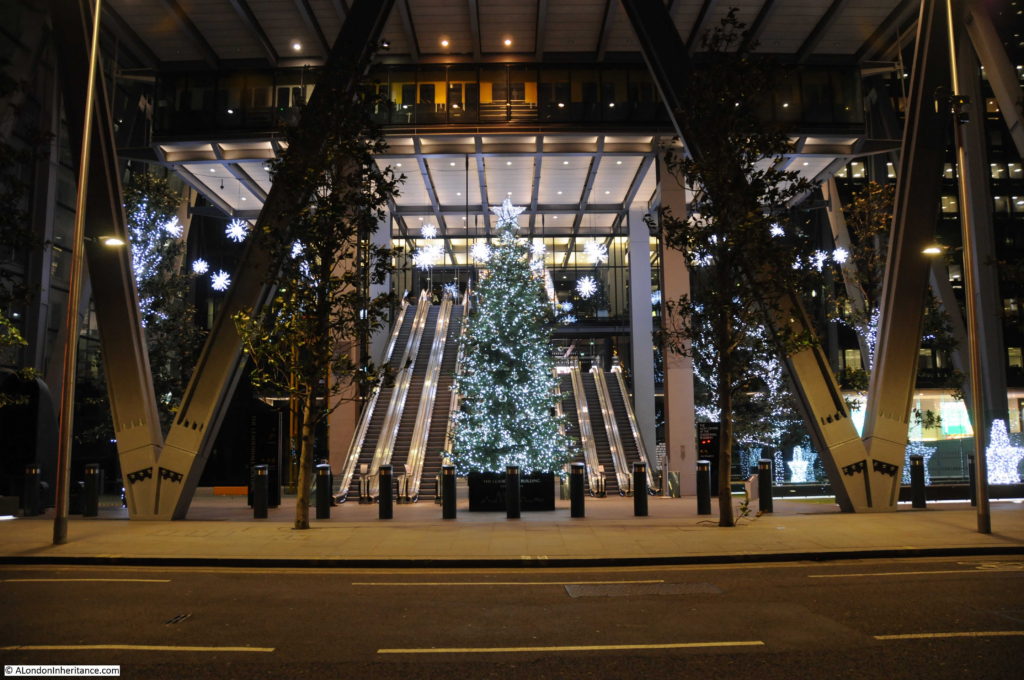
The Gherkin, or officially, 30 St. Mary Axe:

At the base of The Scalpel – work having ceased on the construction of one of the City’s latest towers until the new year:

From Leadenhall Street, I walked up St. Mary Axe:
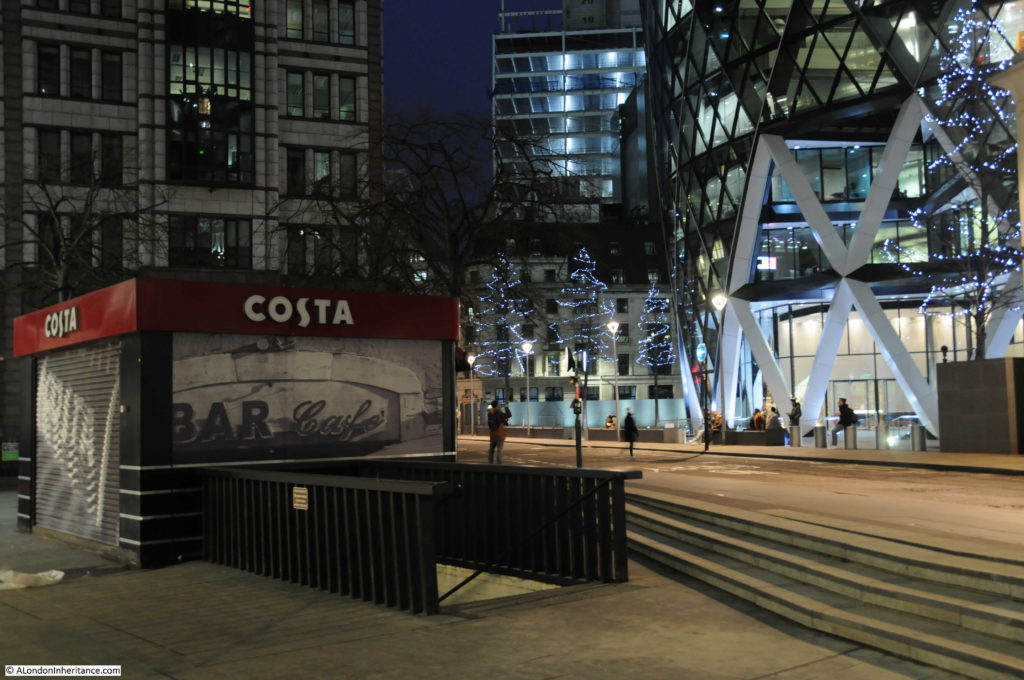
Among the increasing number of glass and steel towers, there are still historic buildings to be found. This is the church of St. Helen’s, Bishopsgate.

Opposite the church is the base of the Gherkin:

And here it is possible to appreciate the multi-dimensional nature of the City. An entrance to a recently built underground car park is next to a church which was originally established here in the 13th century, whilst the City’s original tall tower, the NatWest Tower, now Tower 42 stands in the background with the frame of a new building to the left.

There are so many take away food outlets across the City, but at this time of the year, many are closed, or close early:
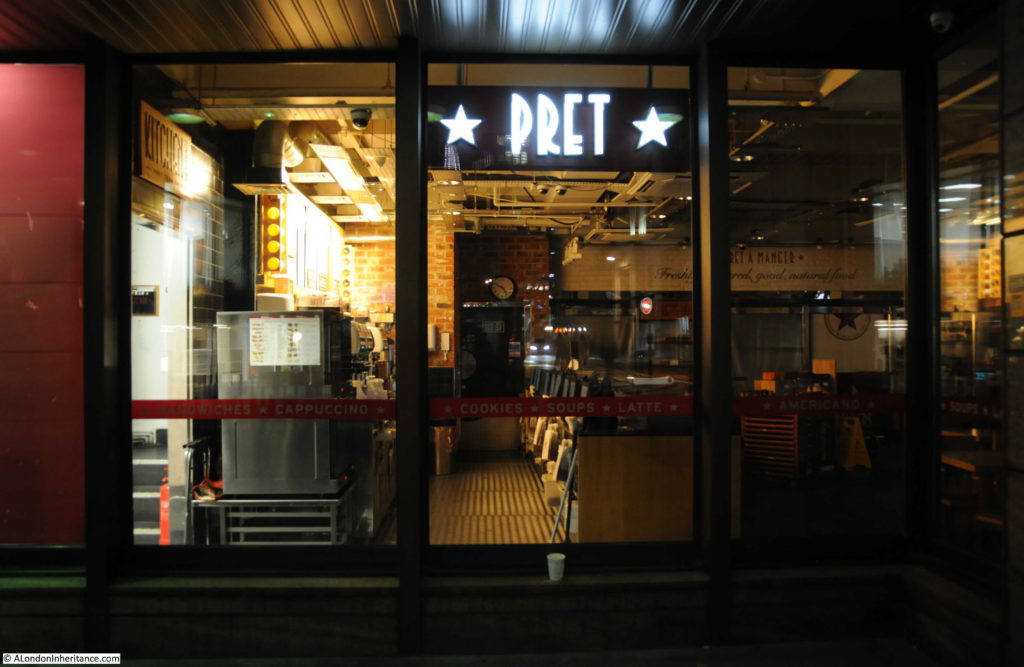
Leaving St. Mary Axe I turned into Camomile Street to find more building sites, although they were quiet and empty. Only a few security staff taking an occasional walk around the site:
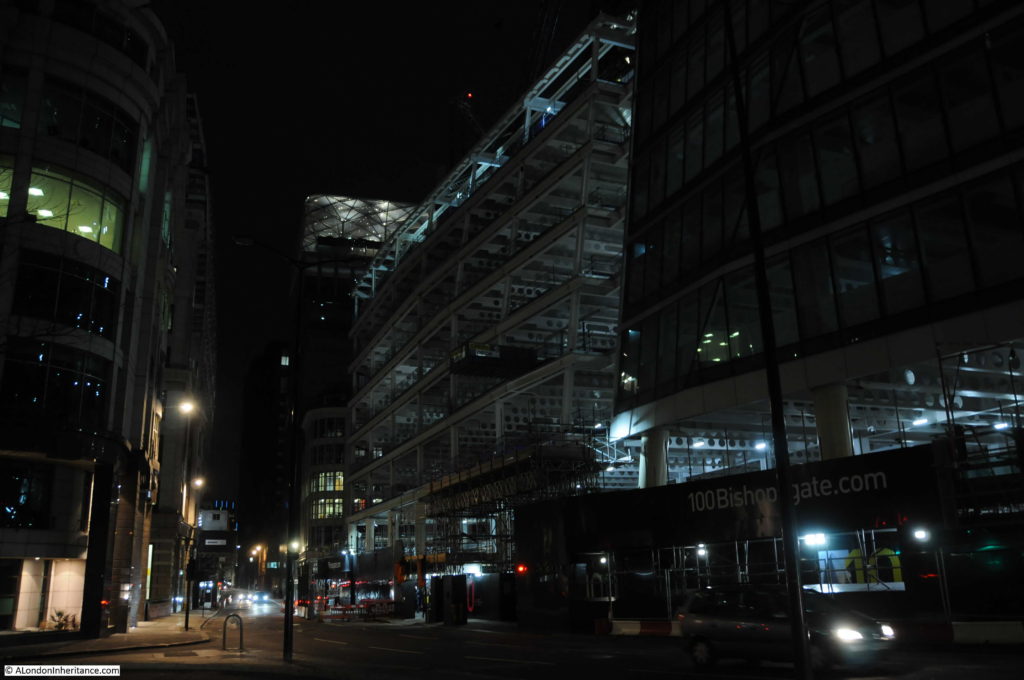
Leaving Camomile Street I turned into Bishopsgate. One of the narrow streets leading off from Bishopsgate is Alderman’s Walk, silent on a December evening with no footsteps echoing off the walls.
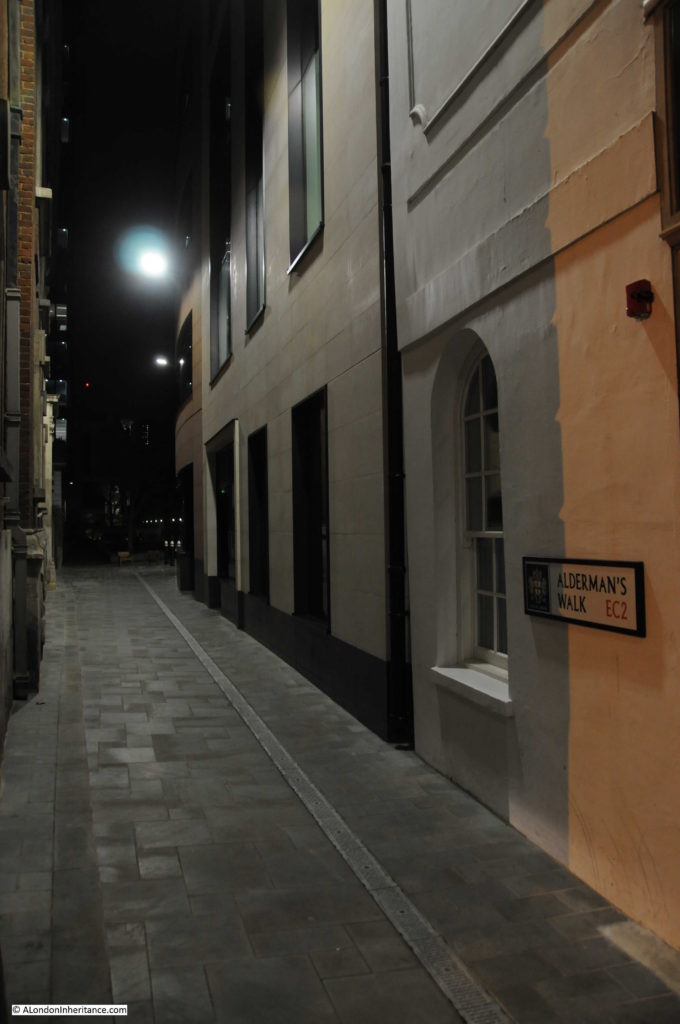
My next stop was Liverpool Street Station. Outside the station was the busiest street that I would see during the evening with plenty of taxis waiting for passengers:
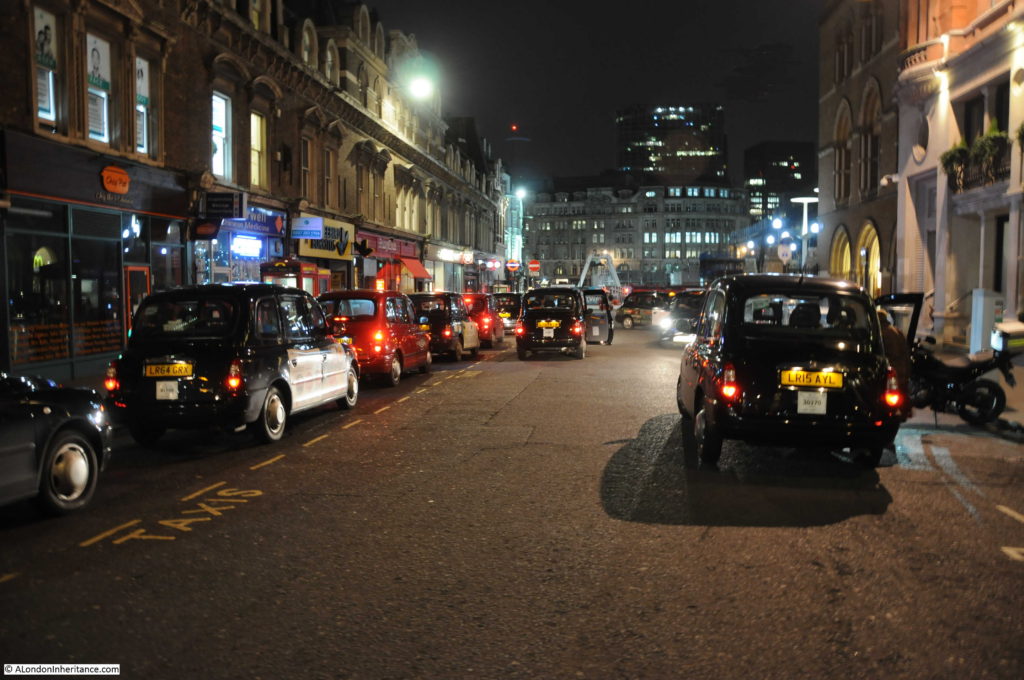
The concourse of the station was the quietest I have seen for many years. A reduced service during the Christmas / New Year period was serving a reduced number of passengers.
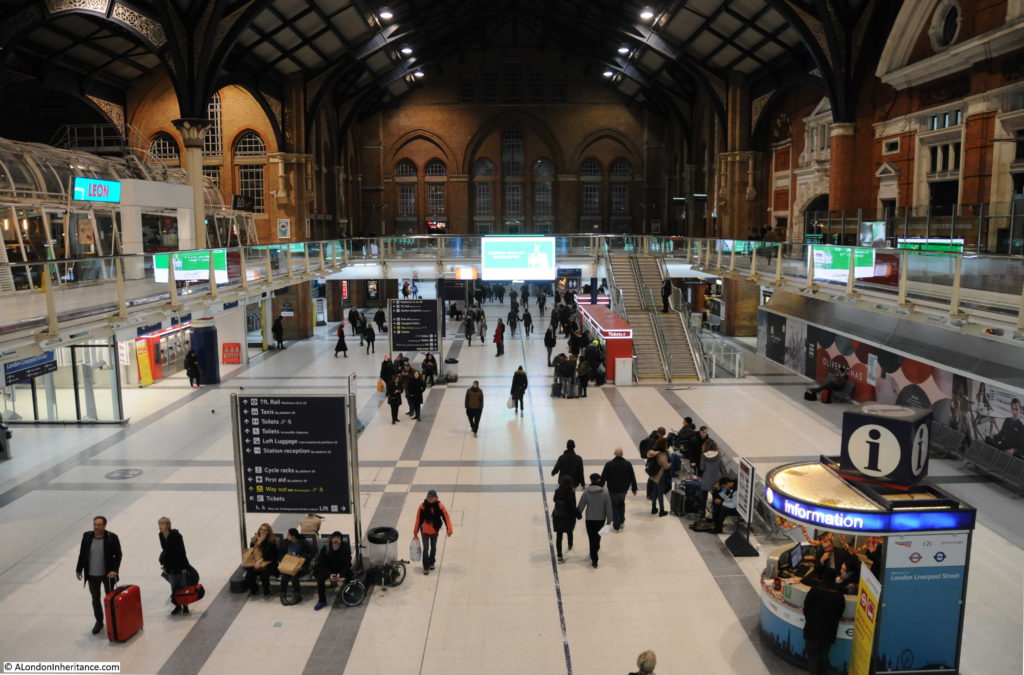
Outside Liverpool Street Station, the construction site for the Elizabeth Line / Crossrail was closed, also part of the construction break between Christmas and the New Year.
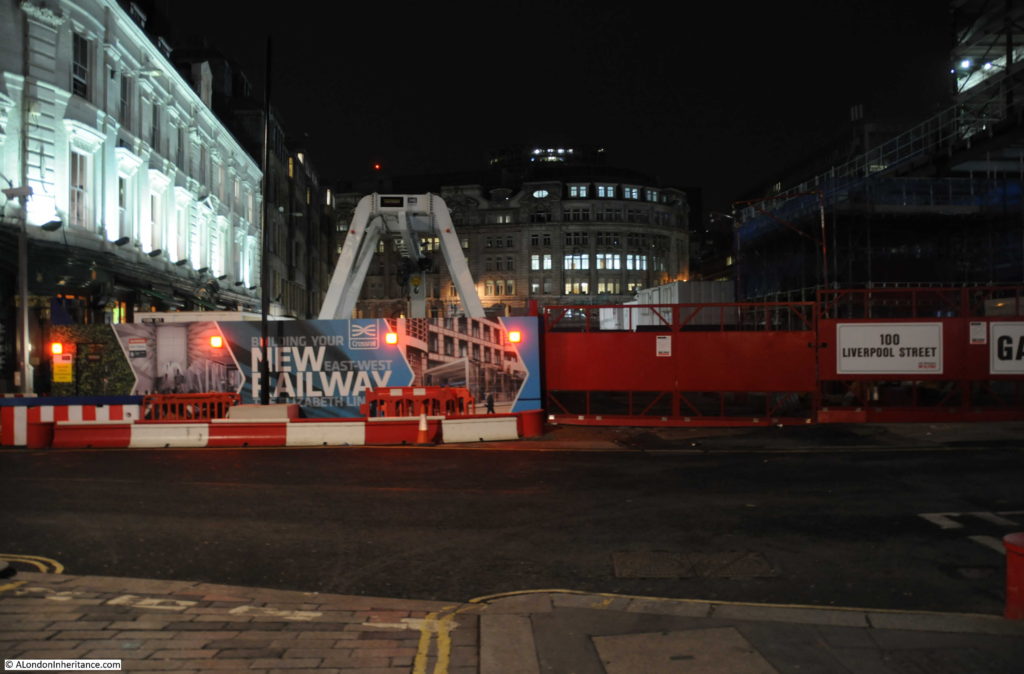
One of the entrances to Liverpool Street underground station on the right and Liverpool Street station in the background.
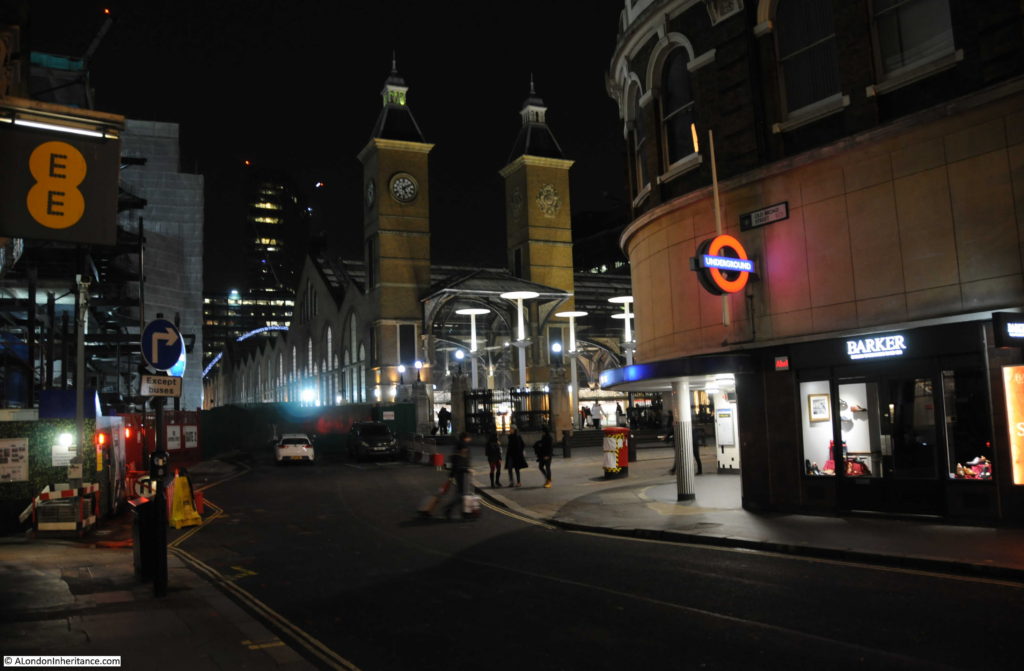
Walking along Old Broad Street, this was the view along New Broad Street:

The entrance to Tower 42 in Old Broad Street (although I still think of this building as the NatWest Tower):

There has been building work around the base of the tower, however the walkways that lead from Old Broad Street, round the base of the tower to Bishopsgate are now open and a number of businesses targeting the local working population have now taken up residence:
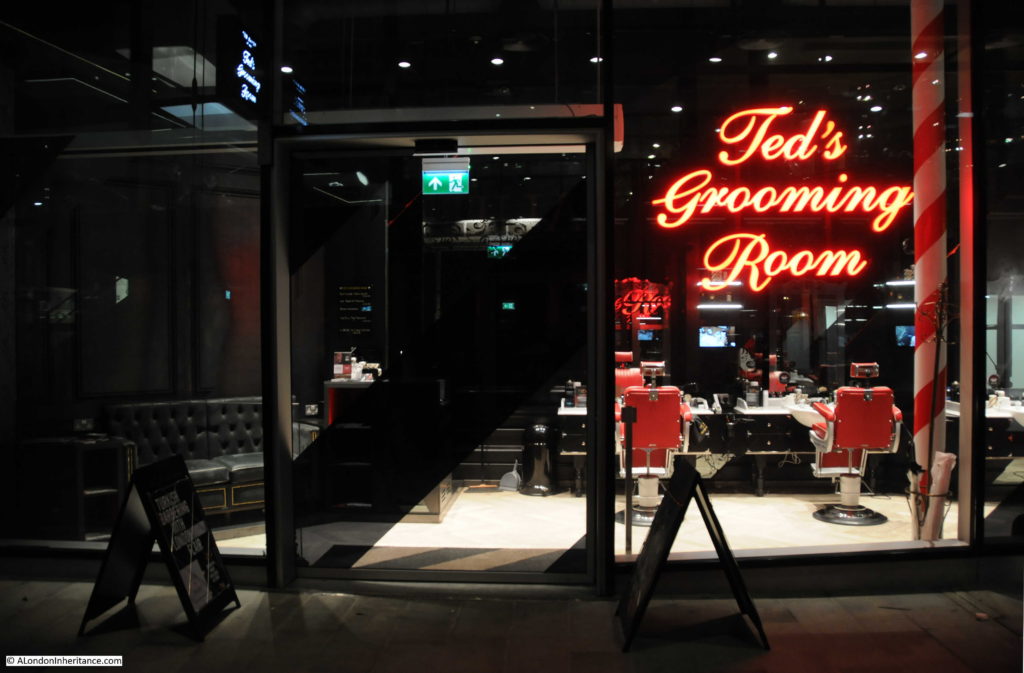
Leaving Bishopsgate, i then walked down Threadneedle Street. Normally these streets would be busy, but this was the view down Finch Lane from Threadneedle Street:
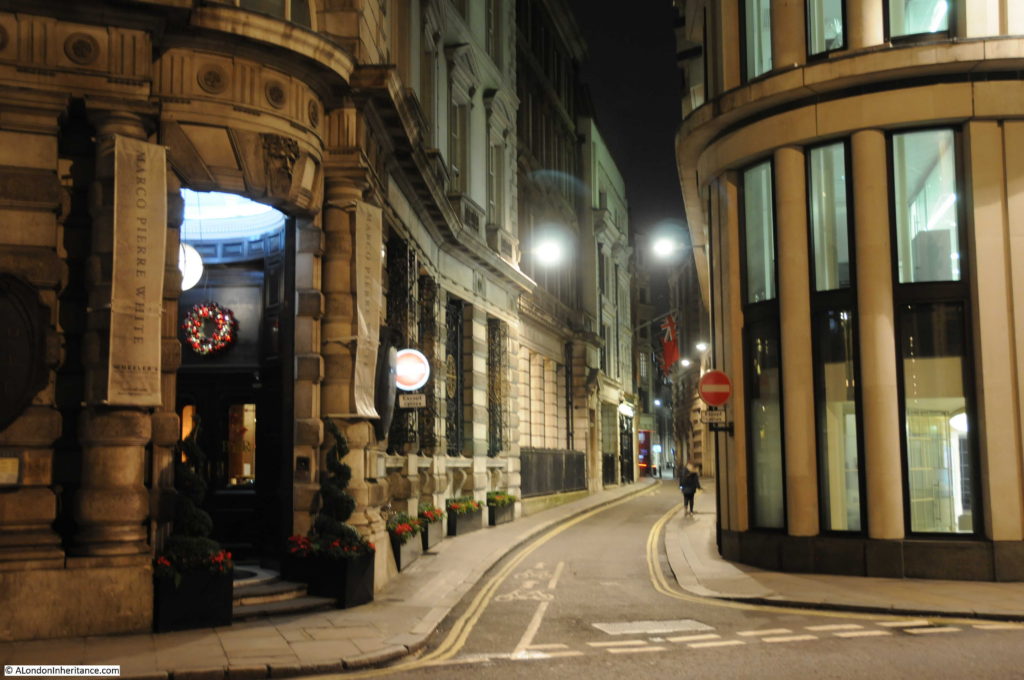
I then walked round the back of the Royal Exchange towards Cornhill:
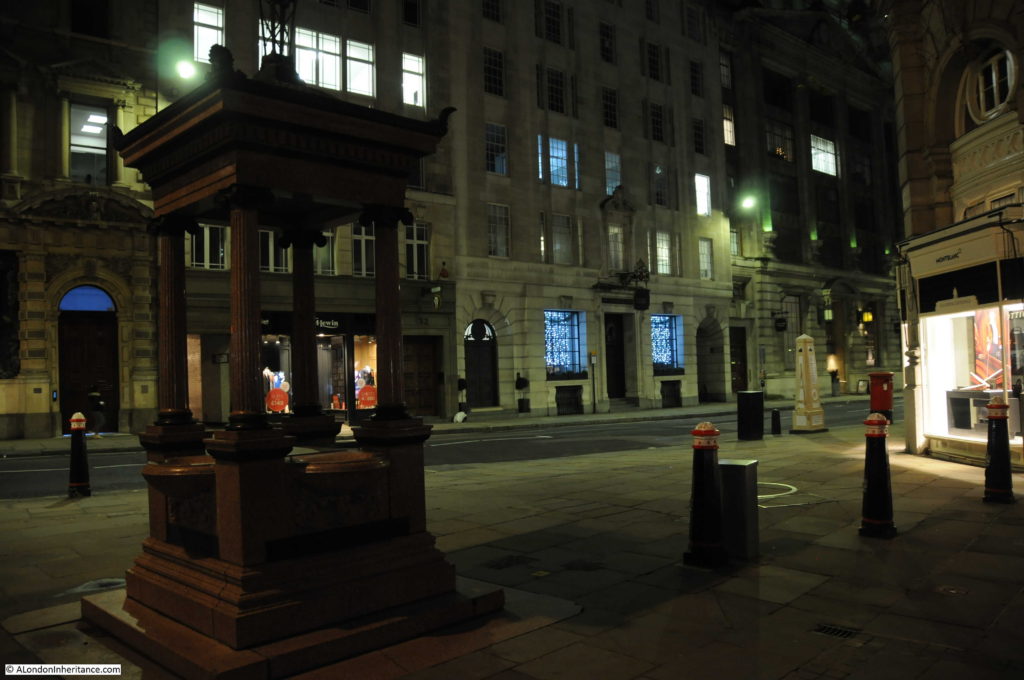
The Cornhill pump:
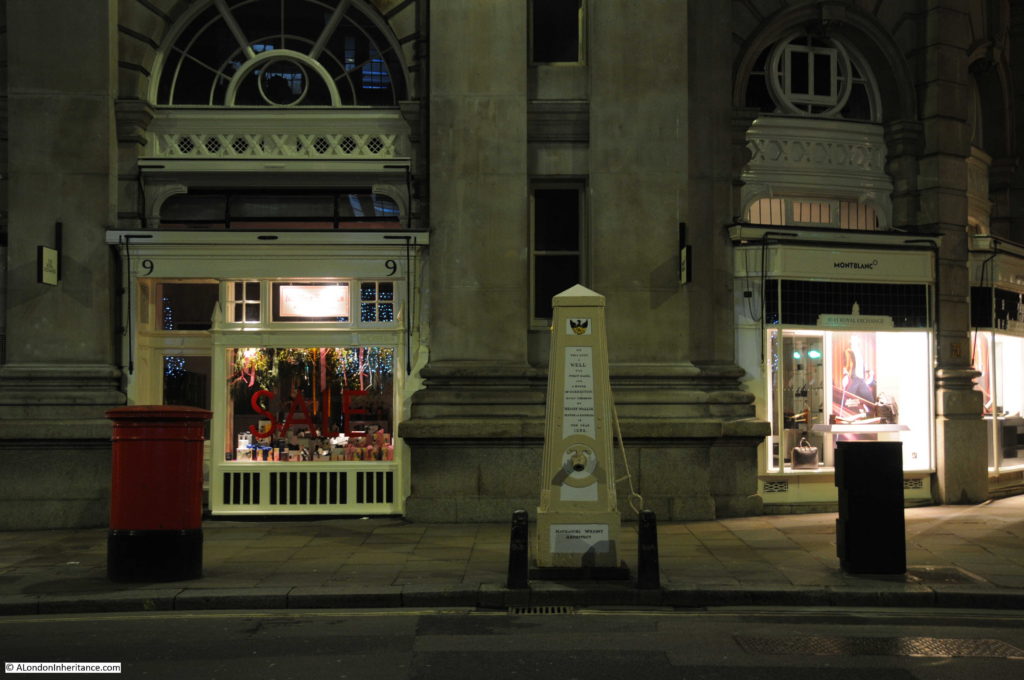
There are many narrow lanes and alleys running south from Cornhill. These follow an old street plan and were often the location for the City’s original coffee houses. This one is Change Alley:

At the Bank junction of Threadneedle Street and Cornhill looking back at the Royal Exchange. The towers of the City form a menacing backdrop to the low-rise buildings around this usually busy junction.
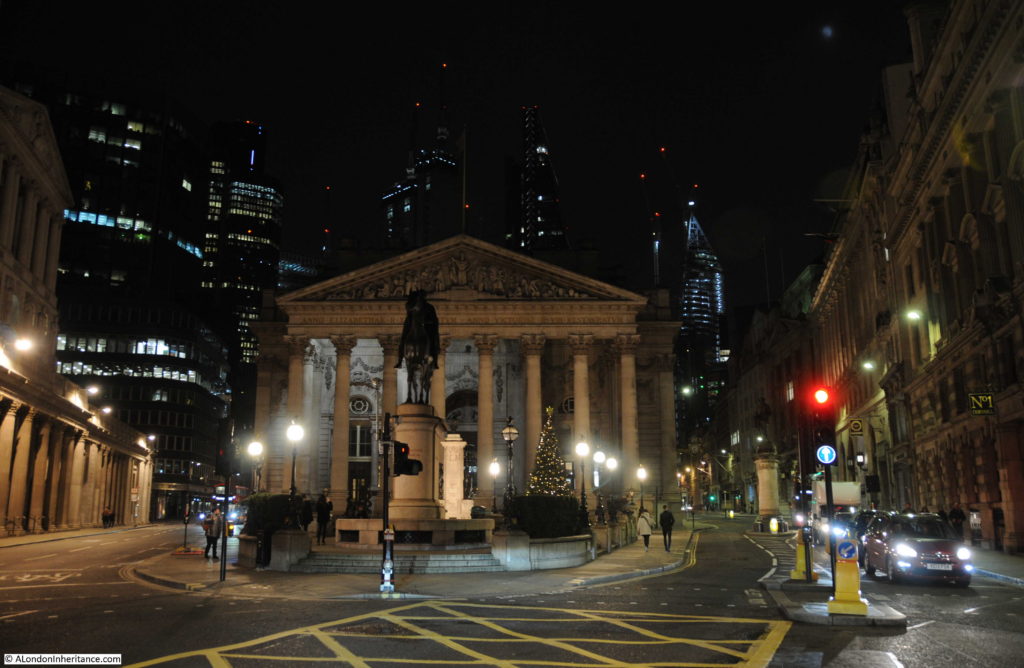
A quiet entrance to the Bank underground station:
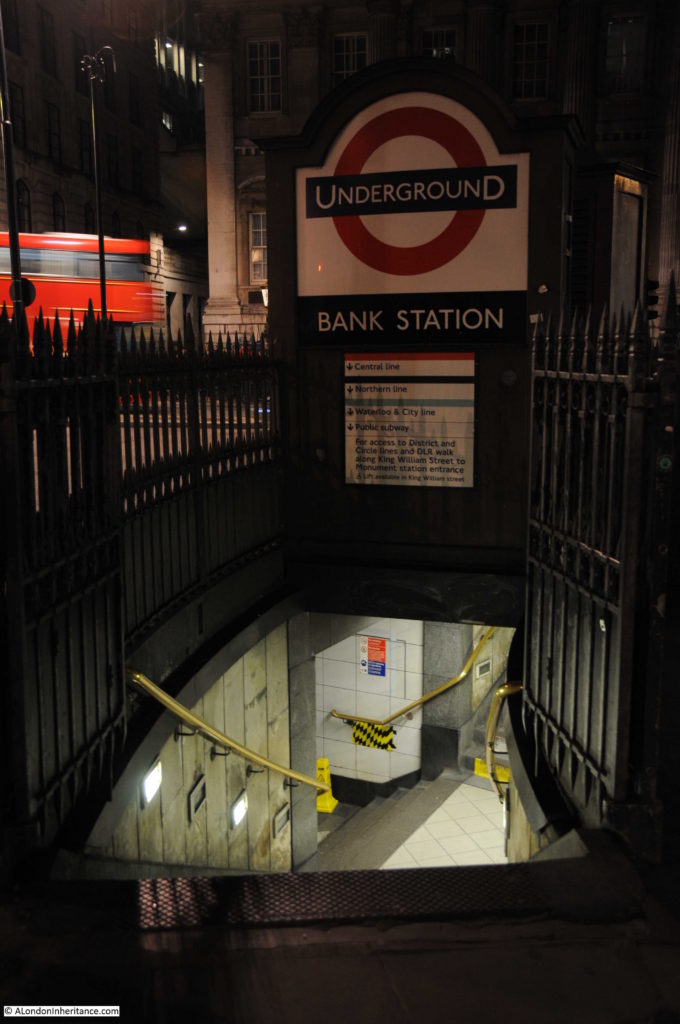
Leaving the Bank junction, I walked up Cheapside. All still relatively quiet, the pavements were getting busier as I left the central area of the City. The church of St. Mary-le-Bow always looks magnificent after dark:

The Plane tree that stands at the site of St. Peter Cheap (one of the churches destroyed during the Great Fire, but not rebuilt) has been decorated for Christmas:

I turned off Cheapside and walked down Wood Street. Many of the office buildings looked as if everyone had suddenly just got up and left. This office still had football playing on the ceiling mounted screens:
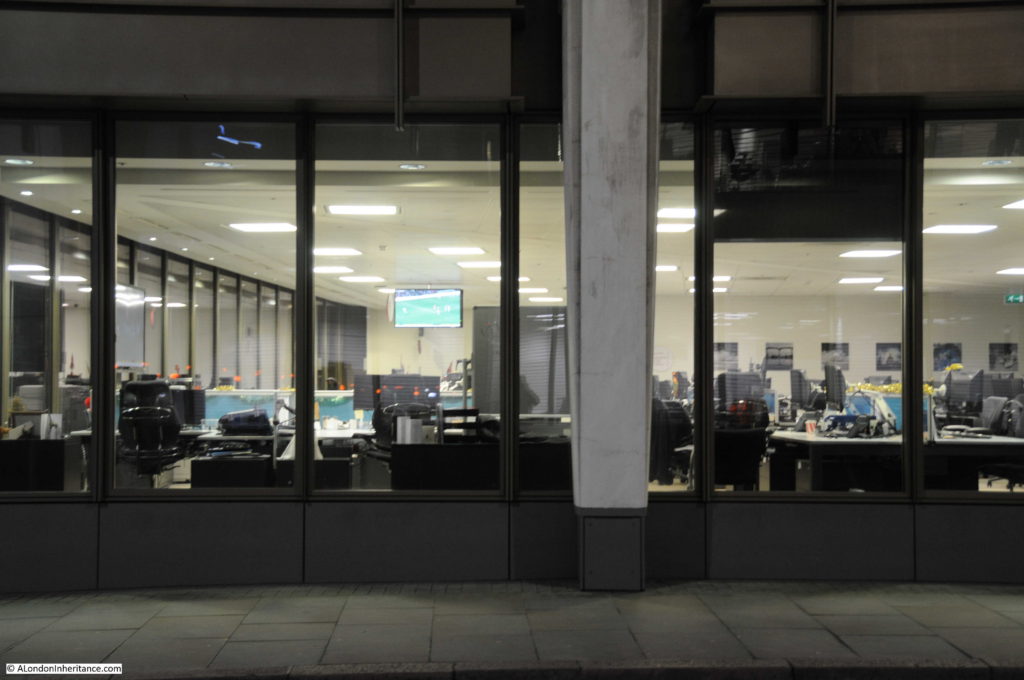
From Wood Street I turned into Gresham Street and this is the view looking down to the church of St. Lawrence Jewry:

And from Gresham Street I turned up Noble Street to see the remains of Roman and later buildings that run along the side of the street:
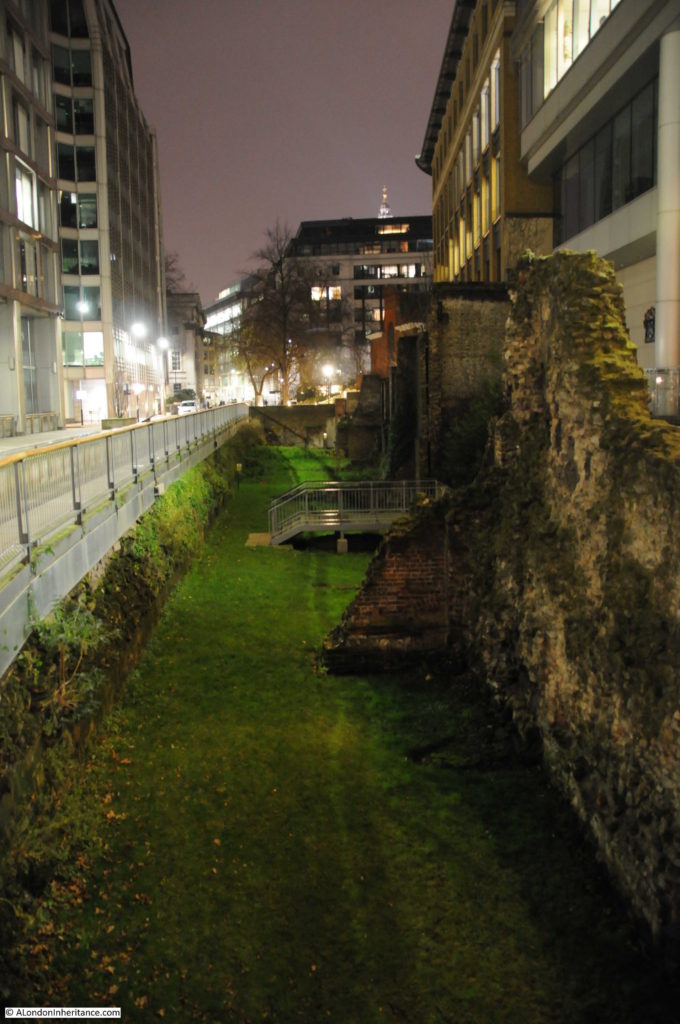
At the top of Noble Street is London Wall. It was easy to take a casual wander across the road, unlike most days when there is usually plenty of traffic.

From London Wall, I walked up Aldersgate Street, then turned into Long Lane to head towards Smithfield. This is East Passage that runs parallel to Long Lane and Middle Street, between the backs of the buildings that face onto these two streets. Another place where I stood for some time without seeing another person.

Back into Long Lane and this is the junction with Lindsey Street. The Smithfield market buildings are on the left and one of the new ticket halls for the Crossrail Farringdon Station is on the right:
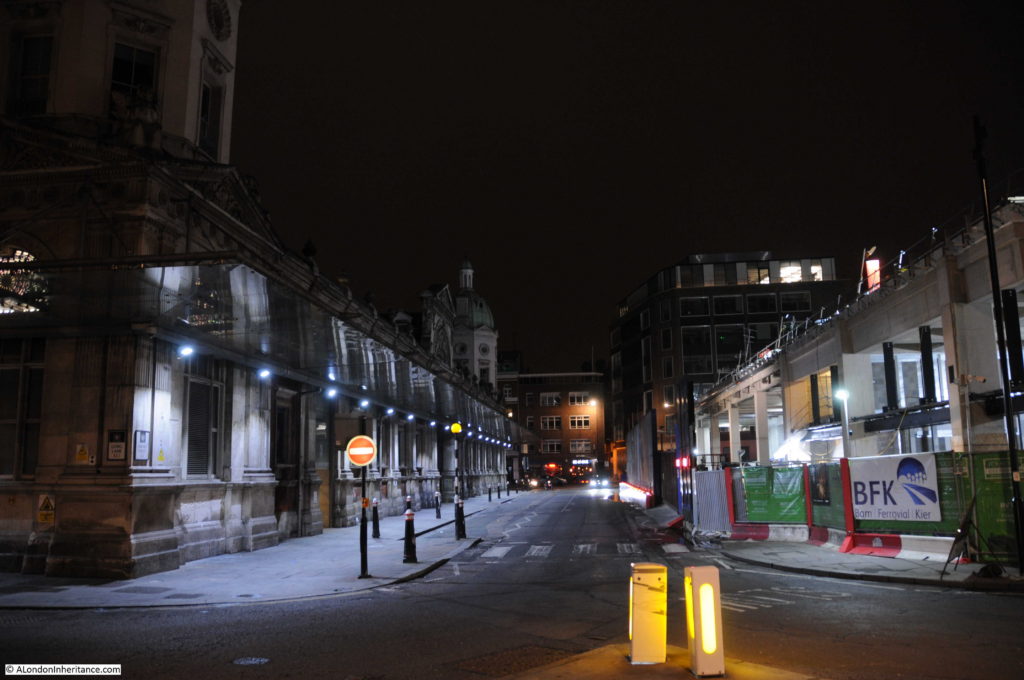
The Crossrail / Elizabeth Line ticket hall for Farringdon Station. This is planned to open in a year’s time in December 2018 and will probably be the catalyst for significant development in the area. For now, all is quiet.

from Long Lane I walked up Rising Sun Court into Cloth Fair. The Rising Sun pub was open and looking very inviting on a cold December evening:
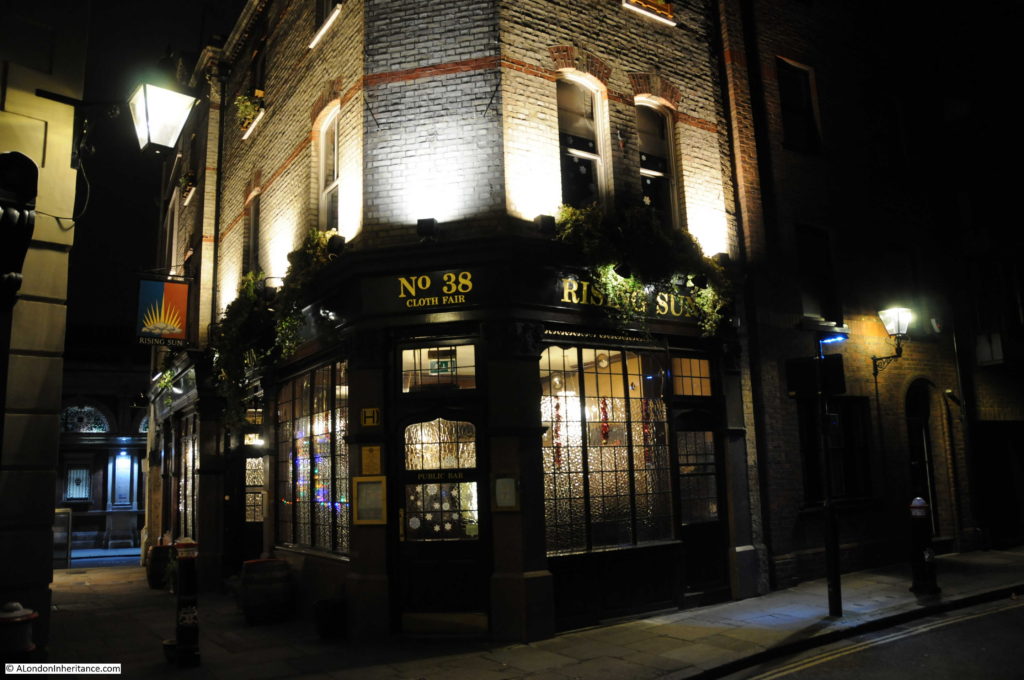
Into West Smithfield and the view across to the market buildings:

From West Smithfield I walked under the gatehouse into the alley leading to the church of St. Bartholomew the Great. Again one of the places where the past feels almost tangible (despite one of the towers of the Barbican in the background). Whilst I was here, one person did walk across the graveyard and then along the alley – the noise of their footsteps, echoing of the buildings was surprisingly loud and emphasised the lack of other sounds in the alley.
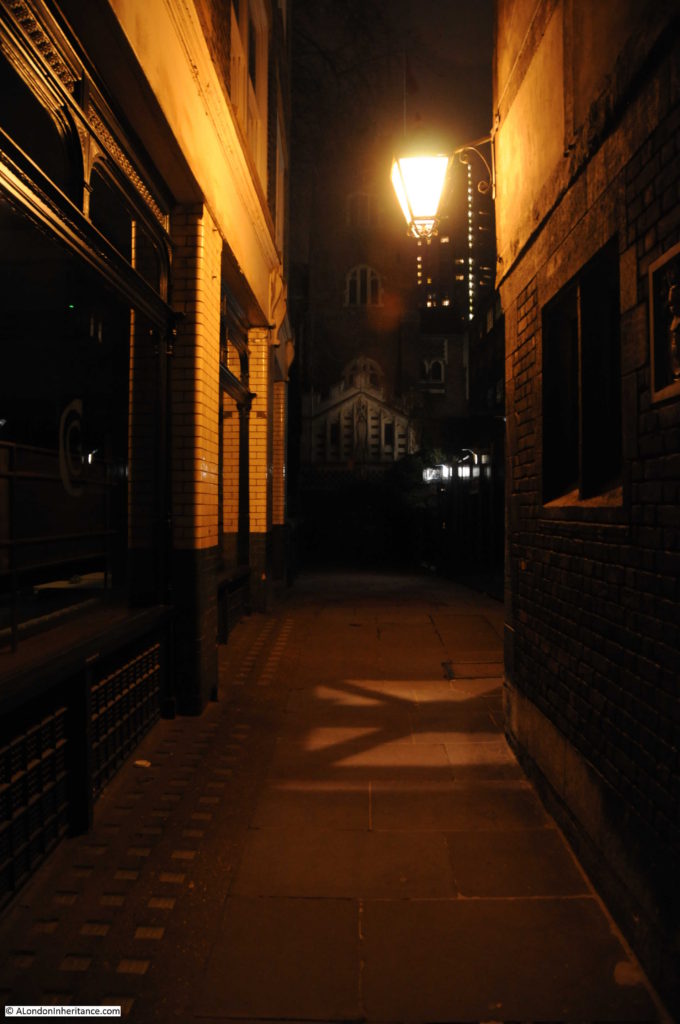
The central square at St. Bartholomew’s Hospital:

From West Smithfield, I walked along Giltspur Street, turning left into Newgate Street then down into Paternoster Square. The Temple Bar gateway looks very good after dark.

Walking around St. Paul’s Cathedral. This is a view from the south:
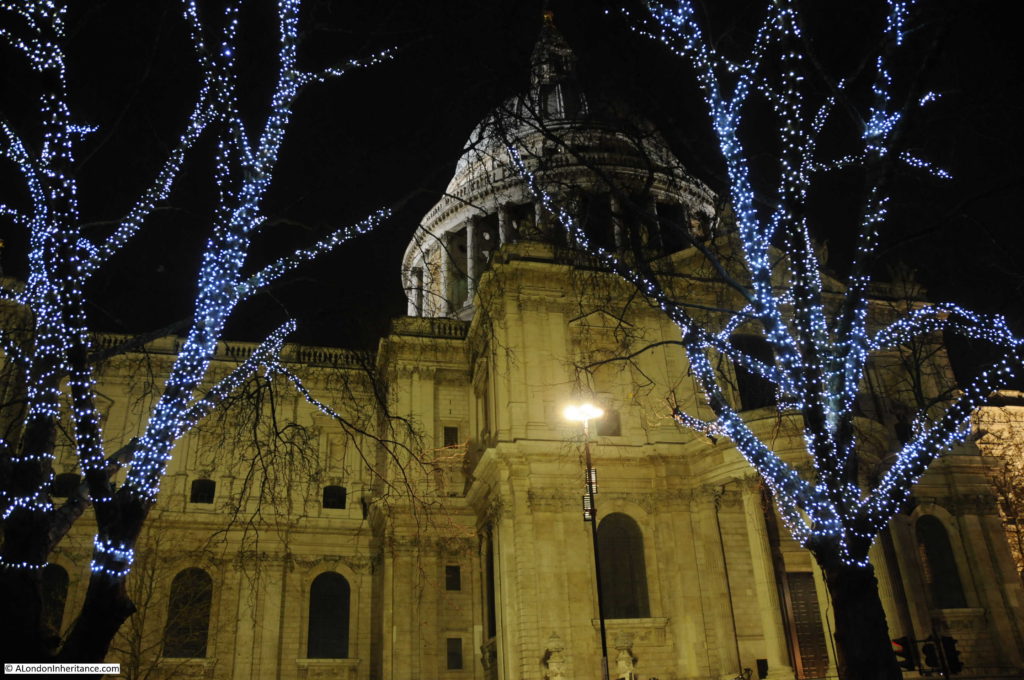
From St. Paul’s it was then down to Queen Victoria Street to my destination of Blackfriars underground station, although before reaching the station I had a much needed stop off at the Blackfriar.
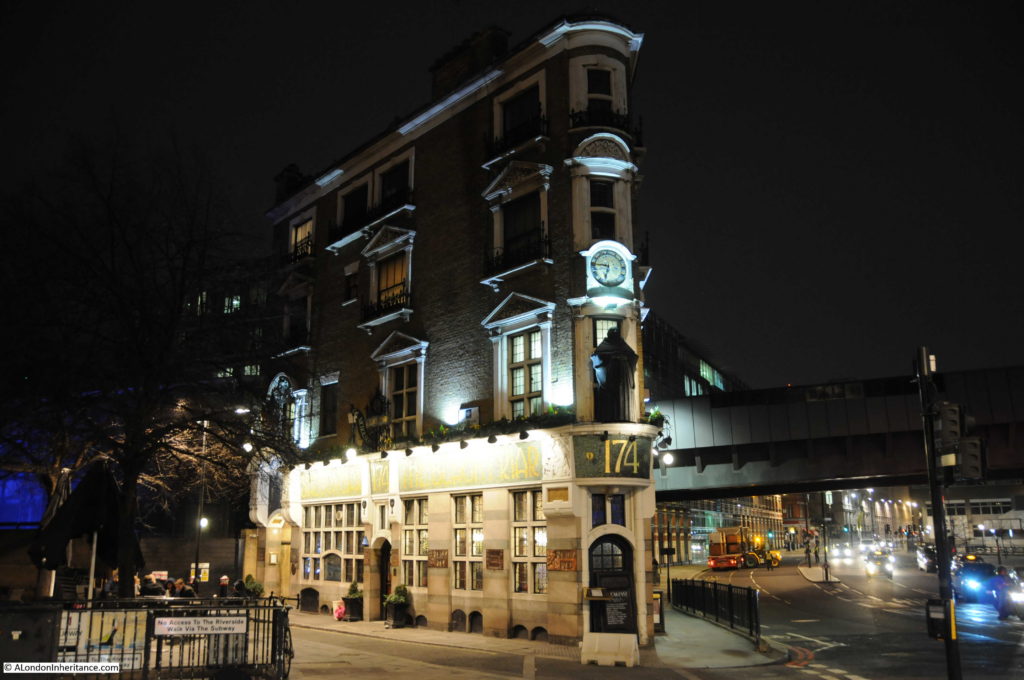
Photographing London over the Christmas to New Year period can be a bit of a cliché, however I really do find that walking the City at this time of year, without the noise, construction work, traffic and crowds does help to bring the history of the City to life – so many of the normal distractions have been removed.
Standing in places such as Creechurch Lane, East Passage and the entrance alley to St. Bartholomew the Great feel like standing in places unchanged for hundreds of years.
The City pubs are also much quieter in the evenings at this time of year and there is nothing better than walking into a warm, inviting pub from a cold street – which is exactly where I finished.
alondoninheritance.com
 Down Charing Cross Road, then I turned into Shaftesbury Avenue:
Down Charing Cross Road, then I turned into Shaftesbury Avenue:
